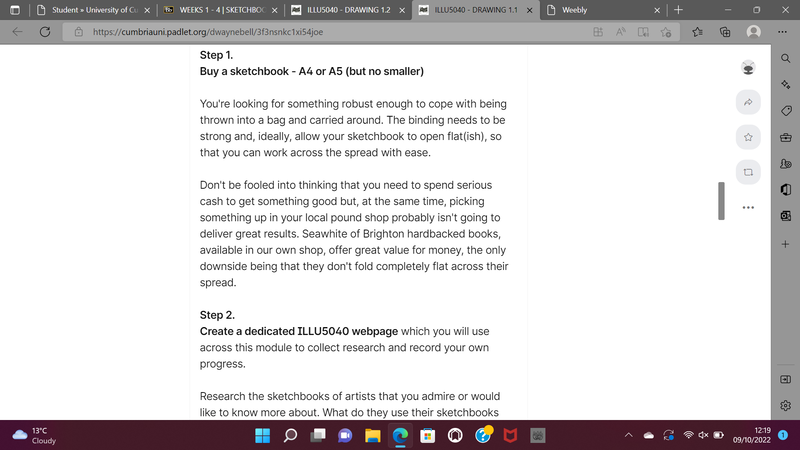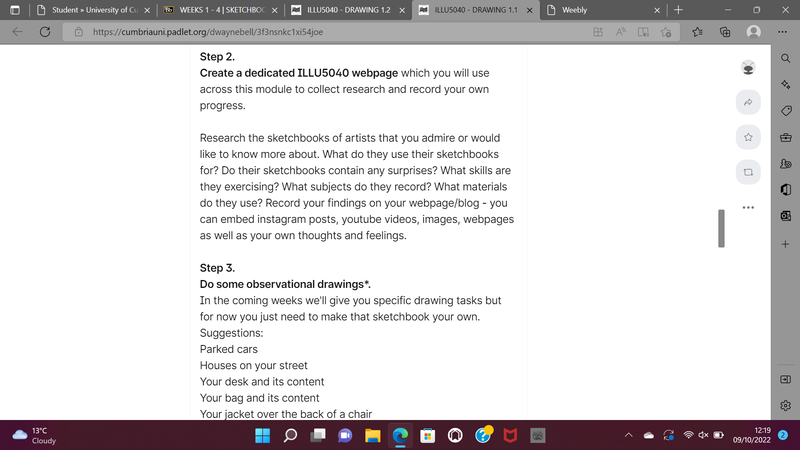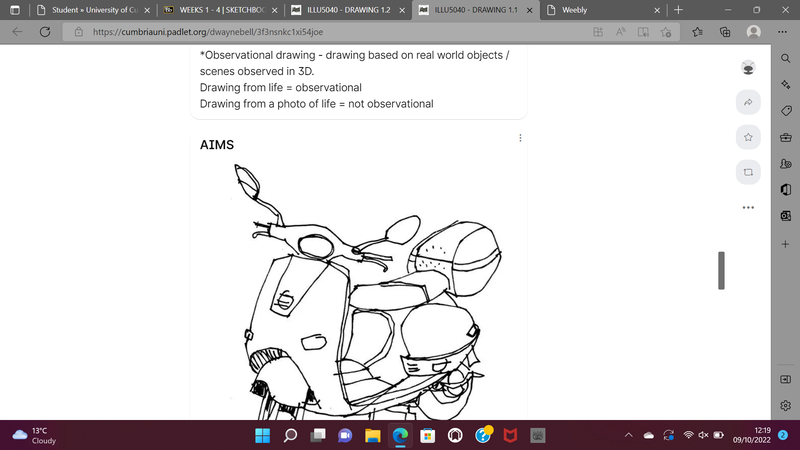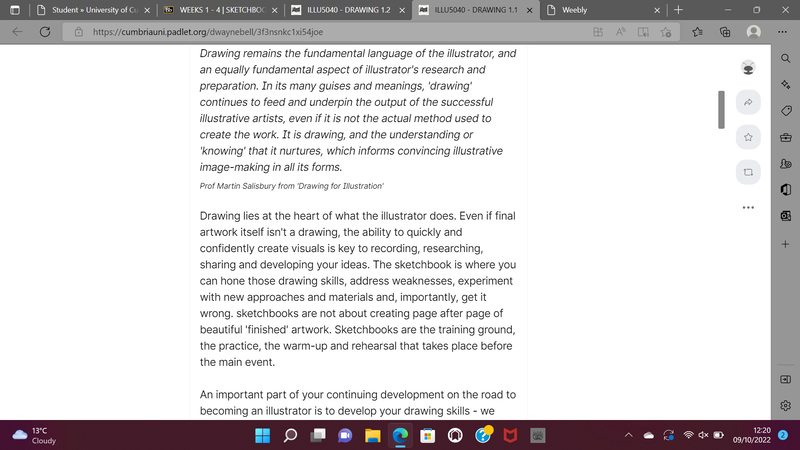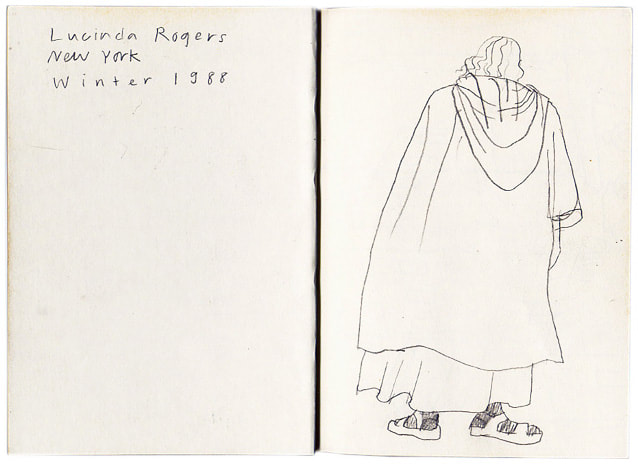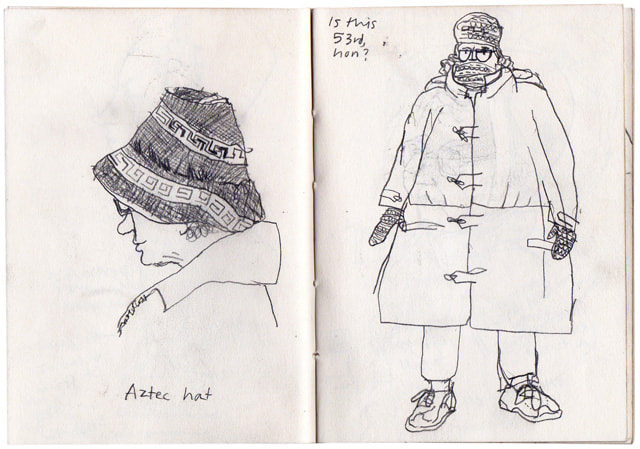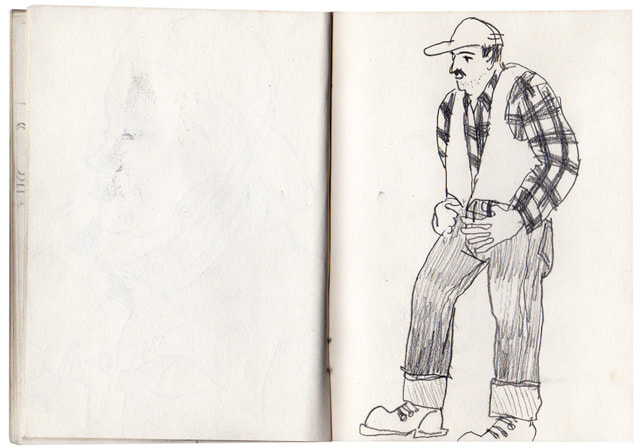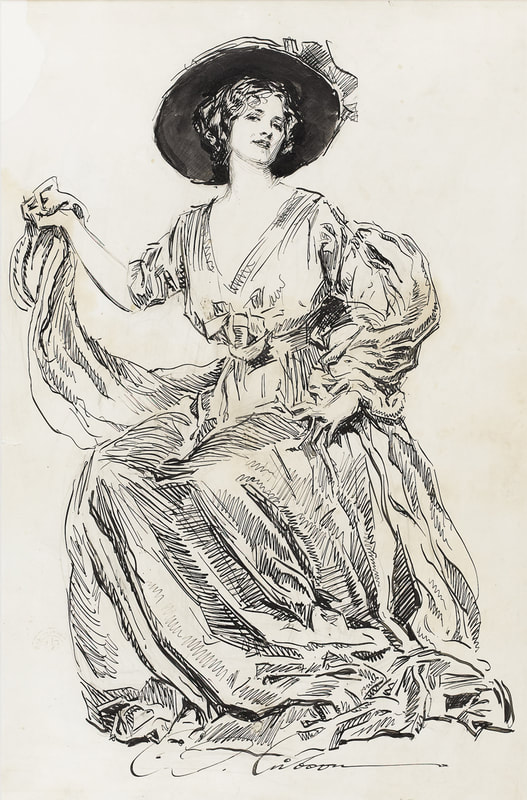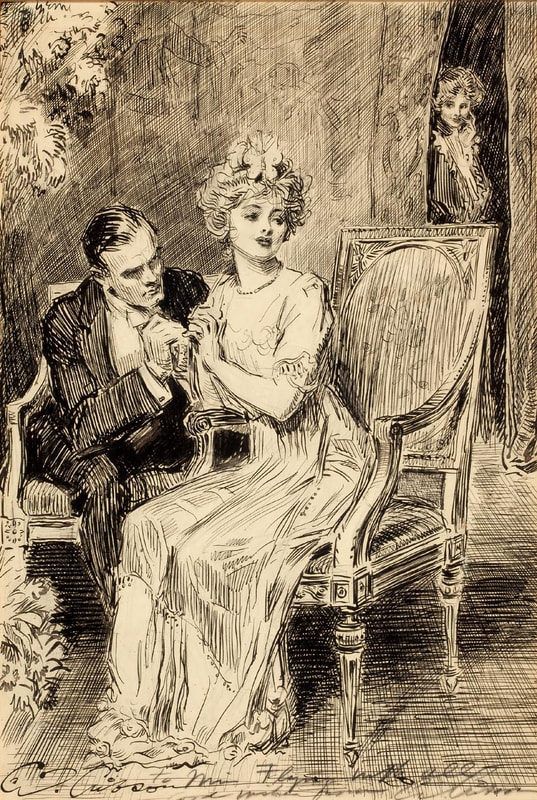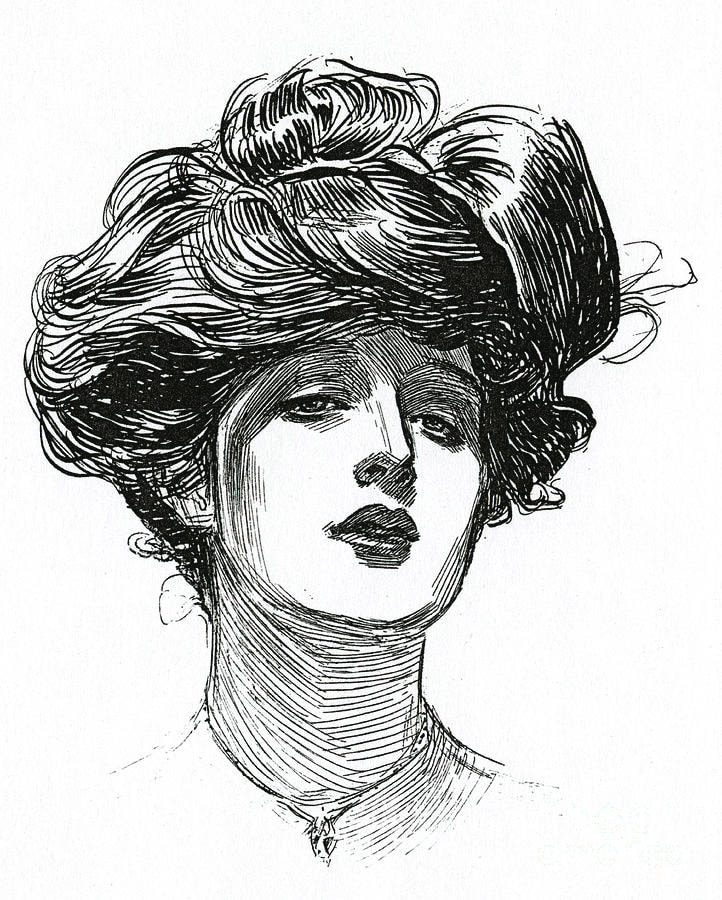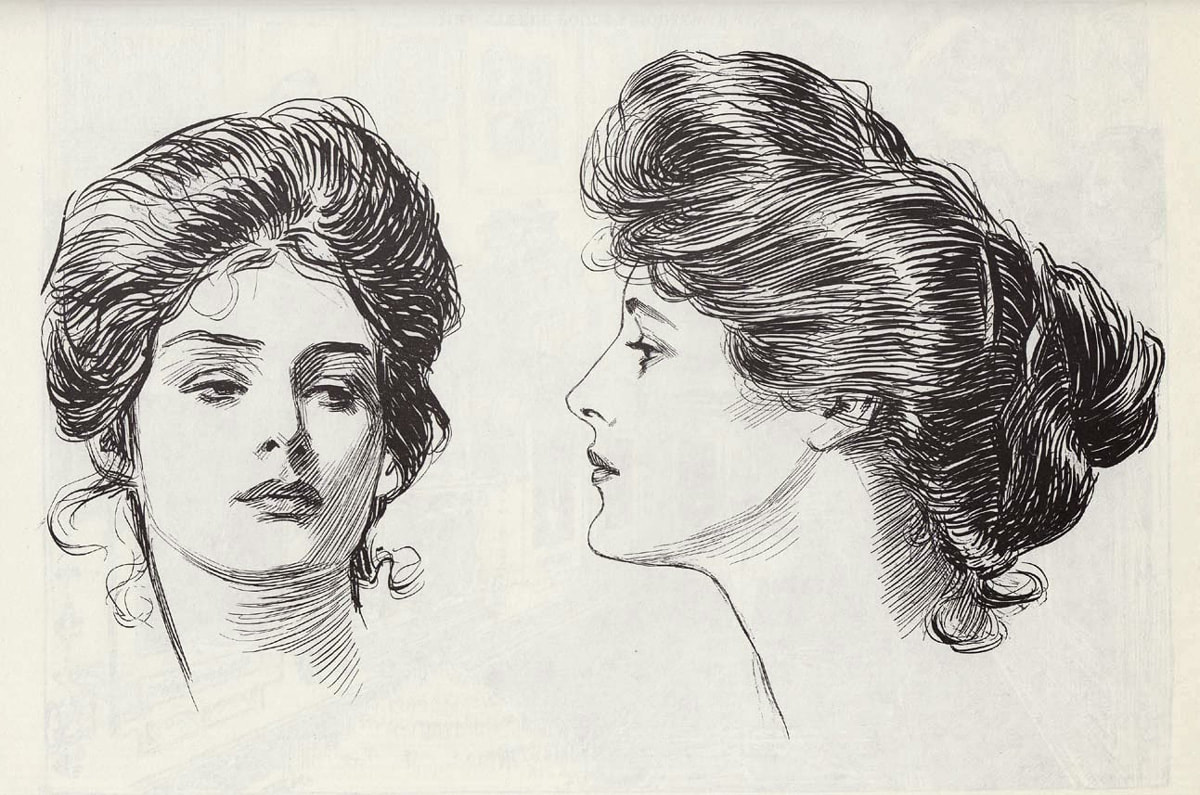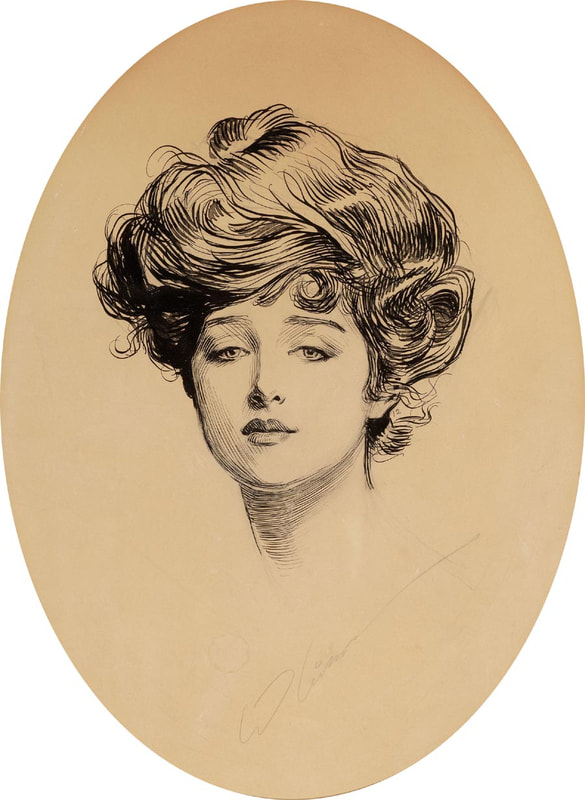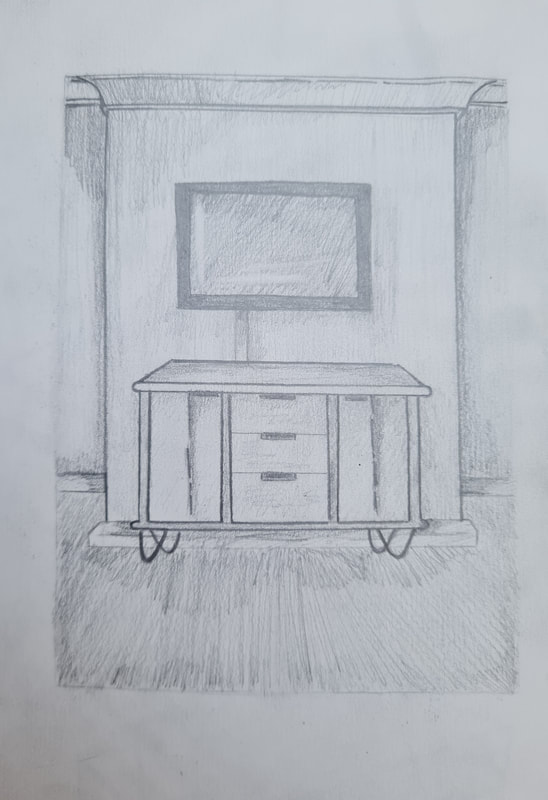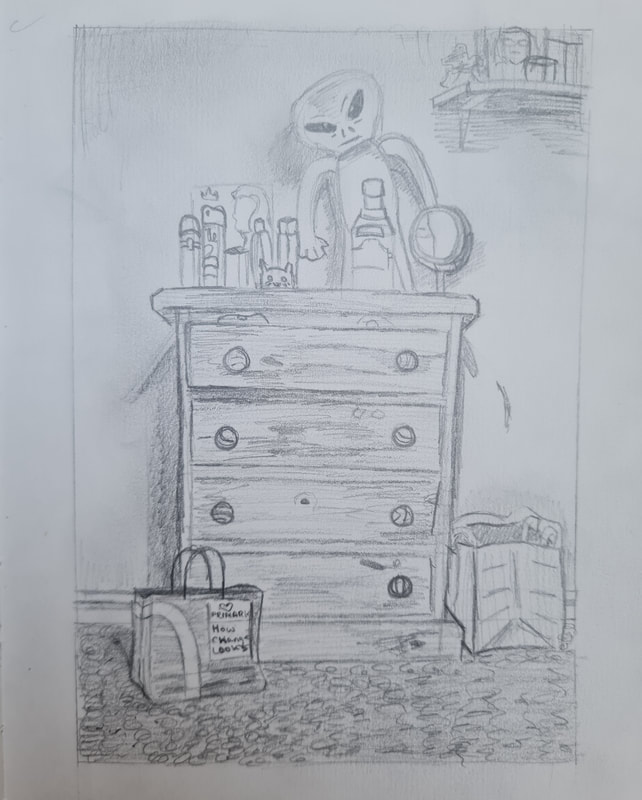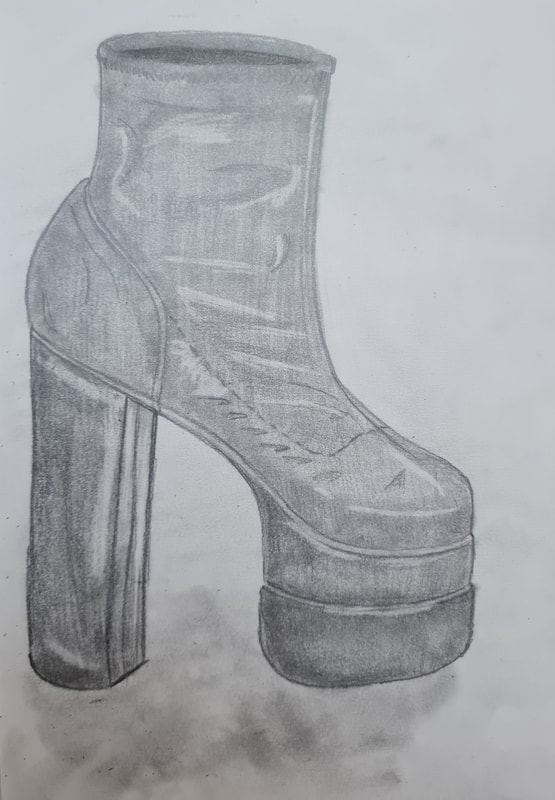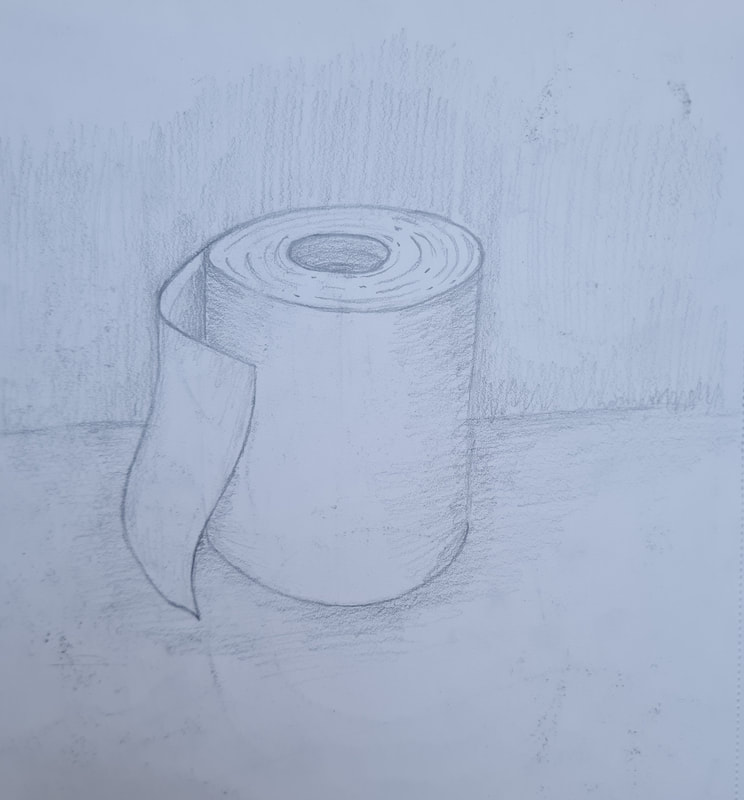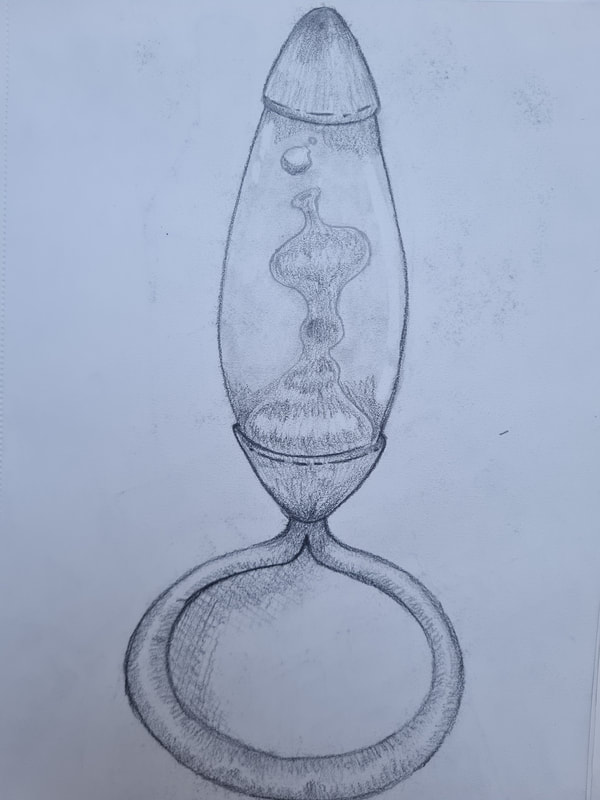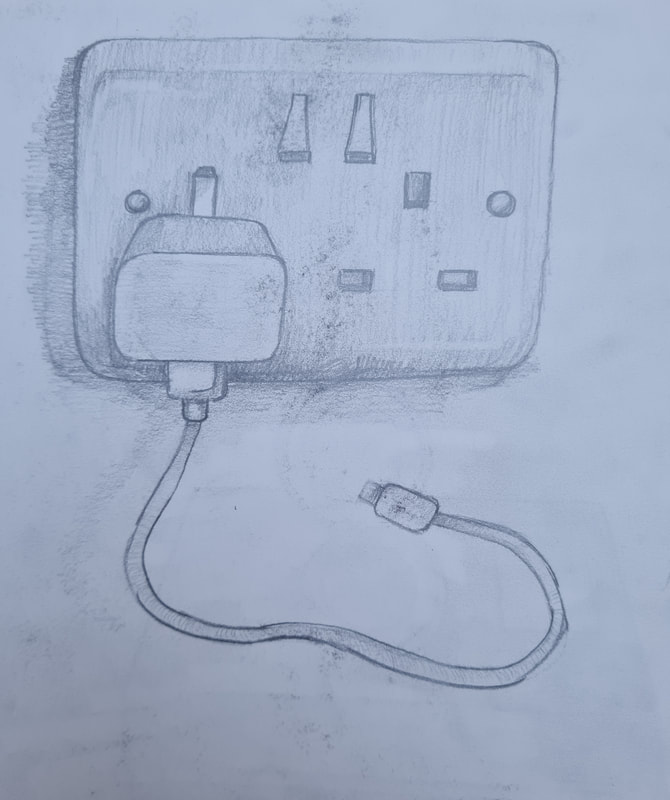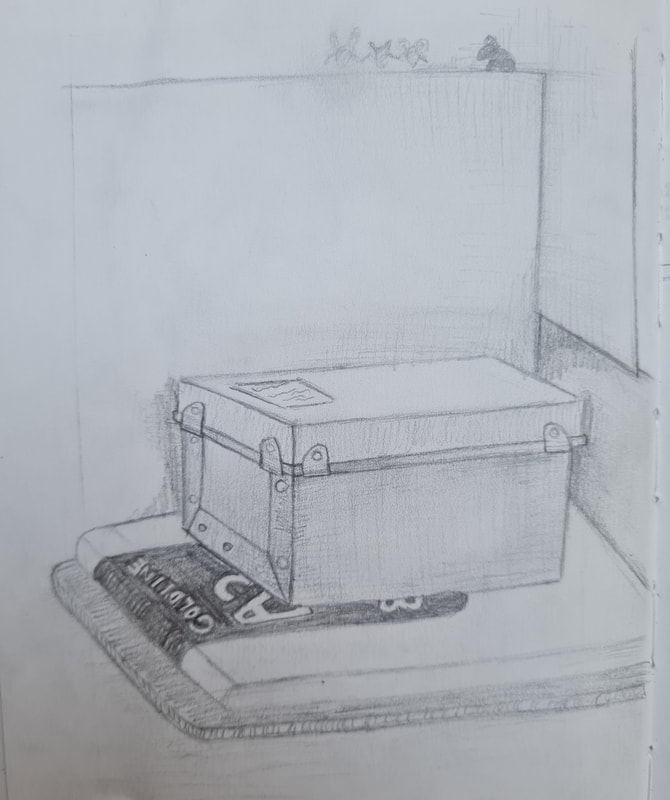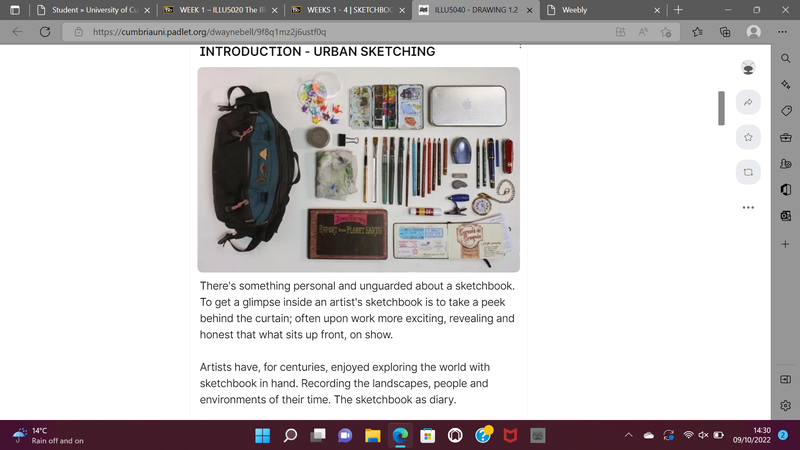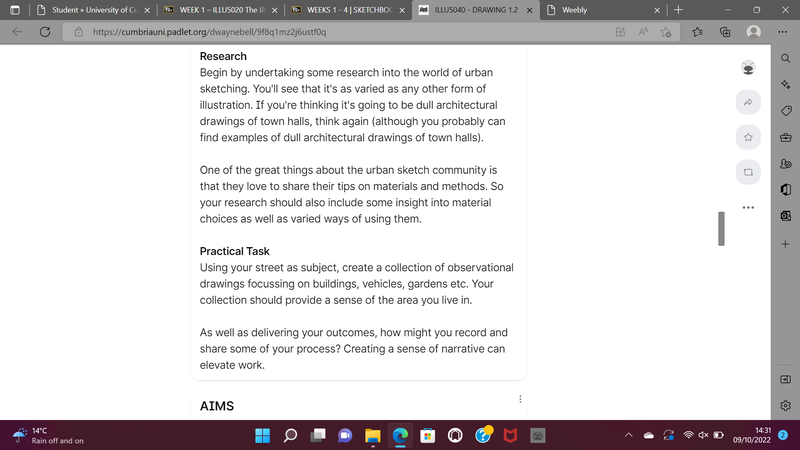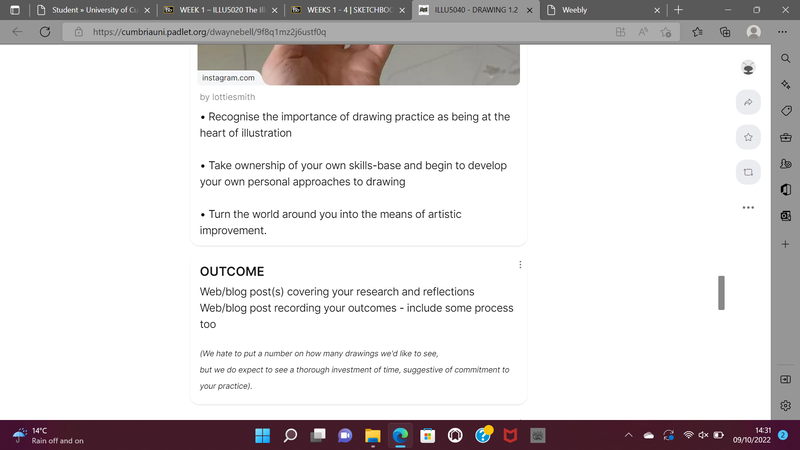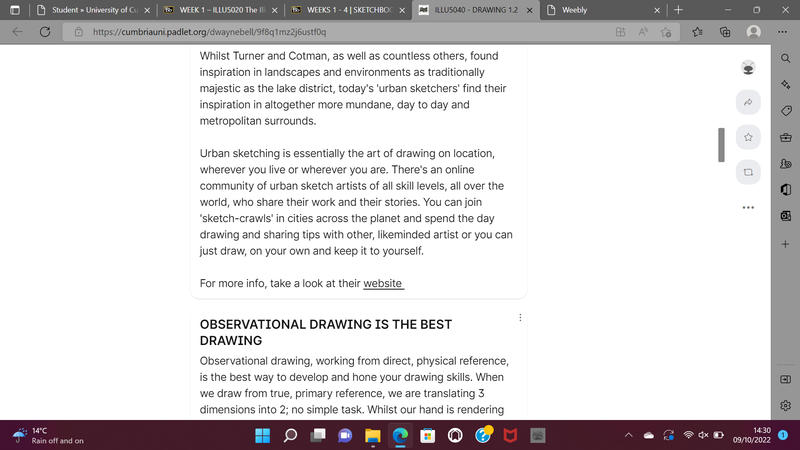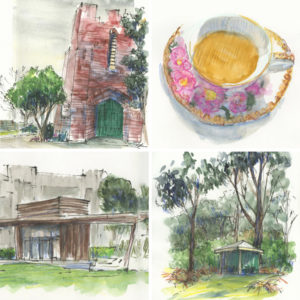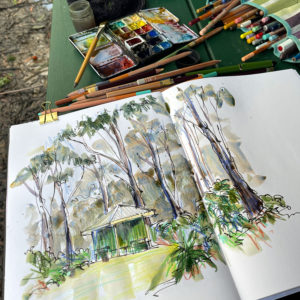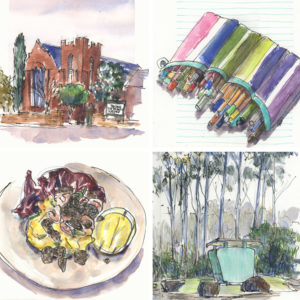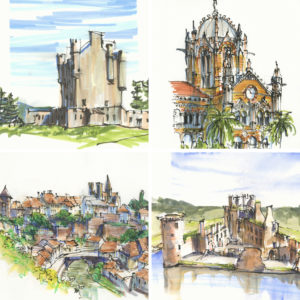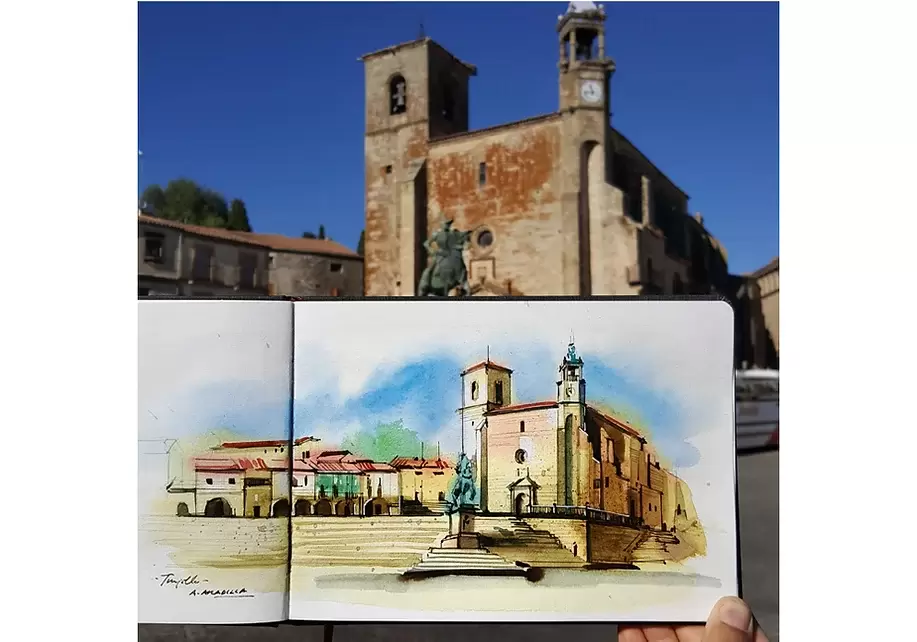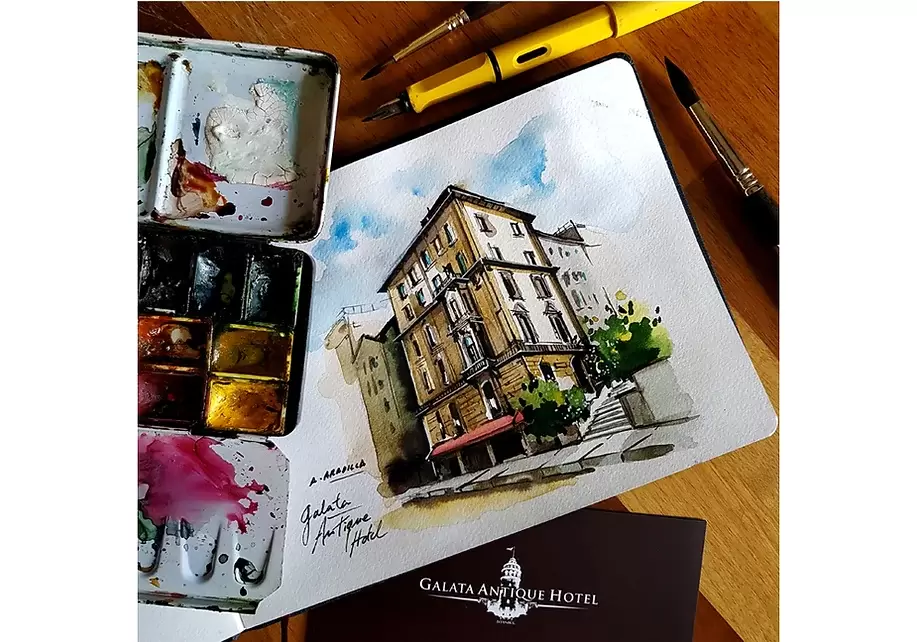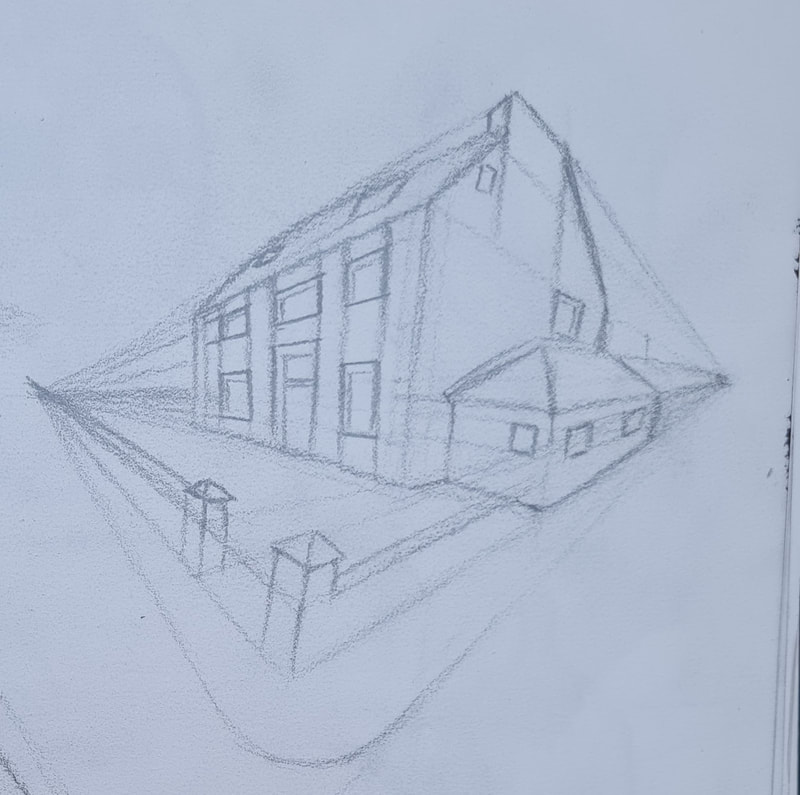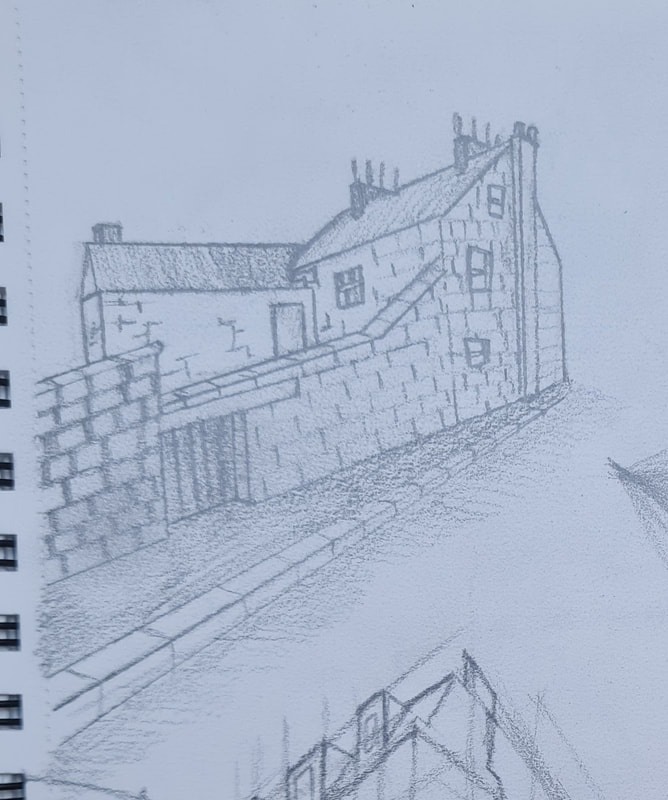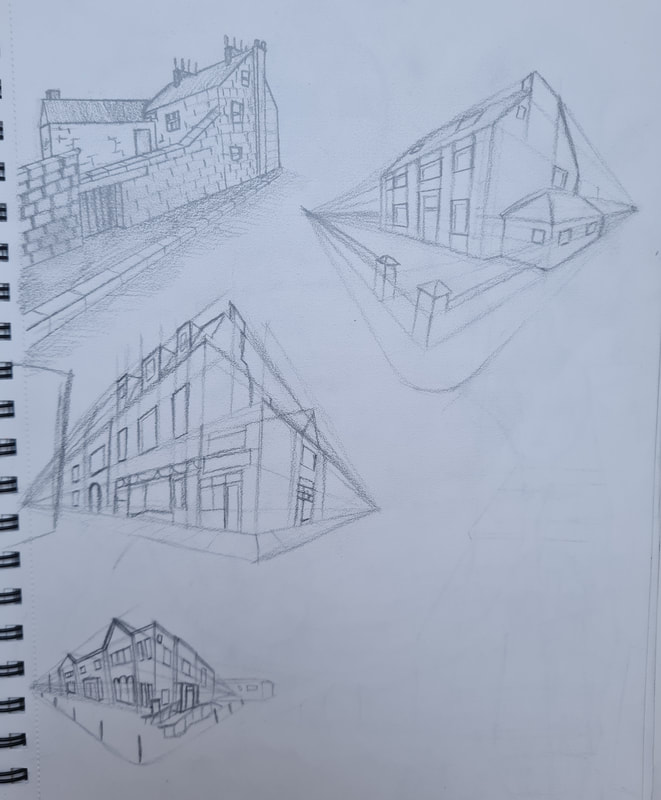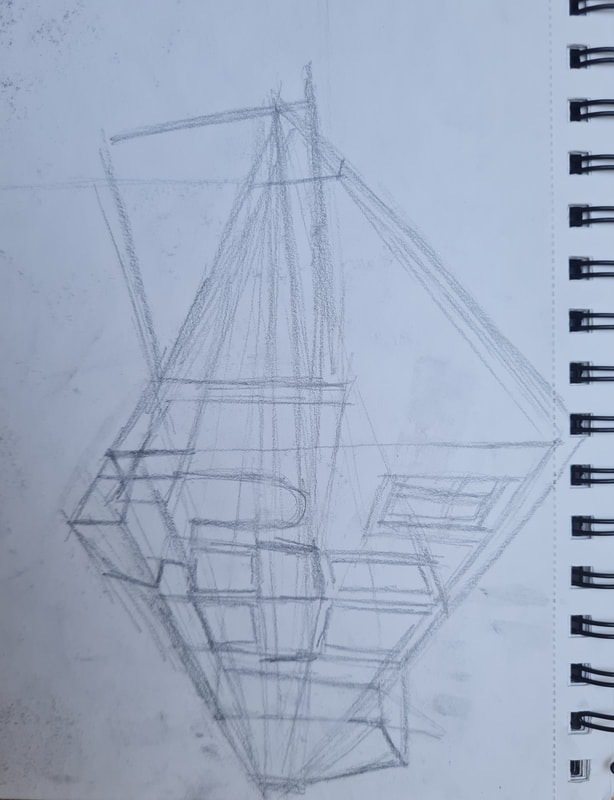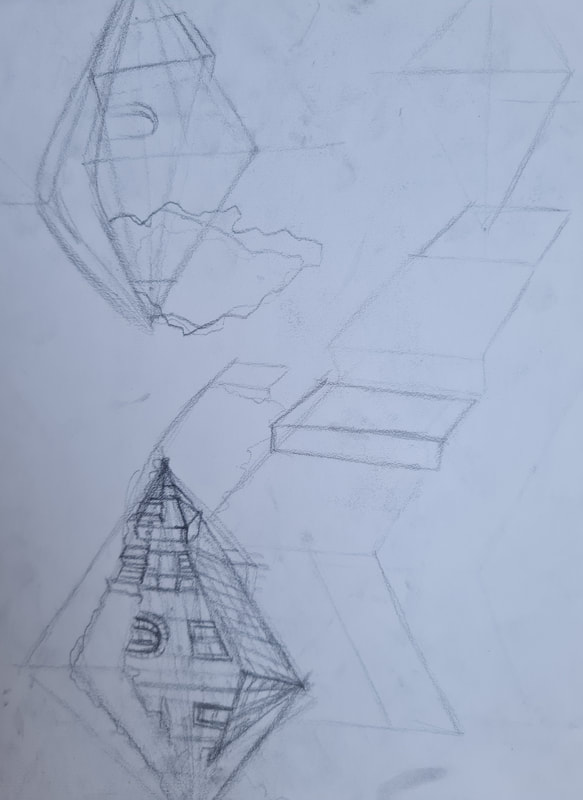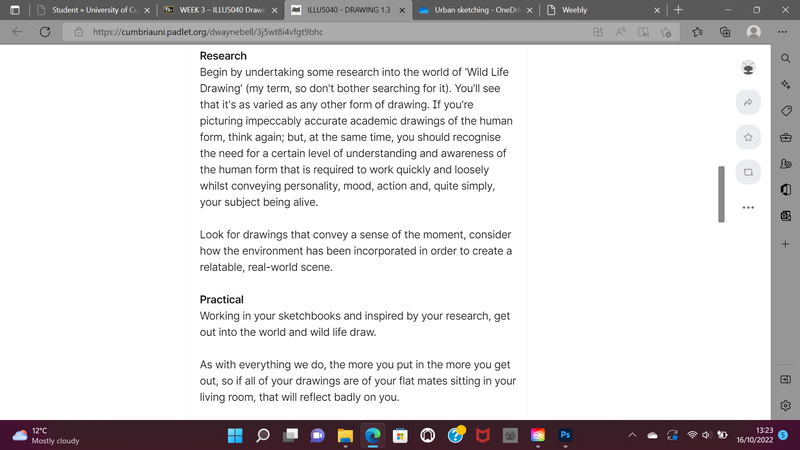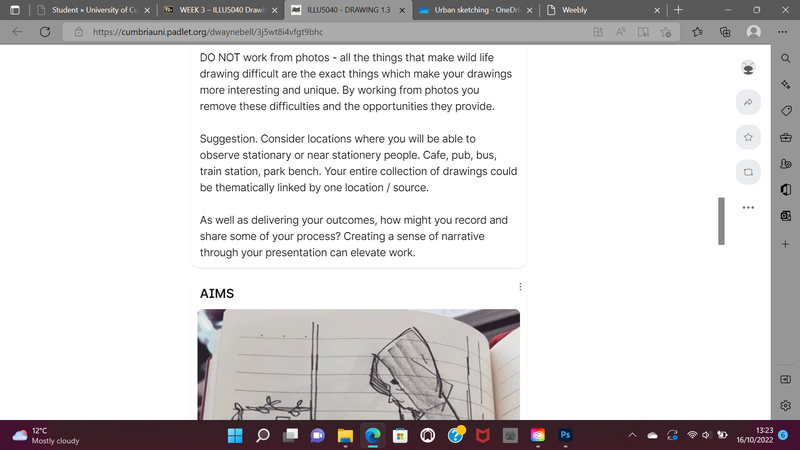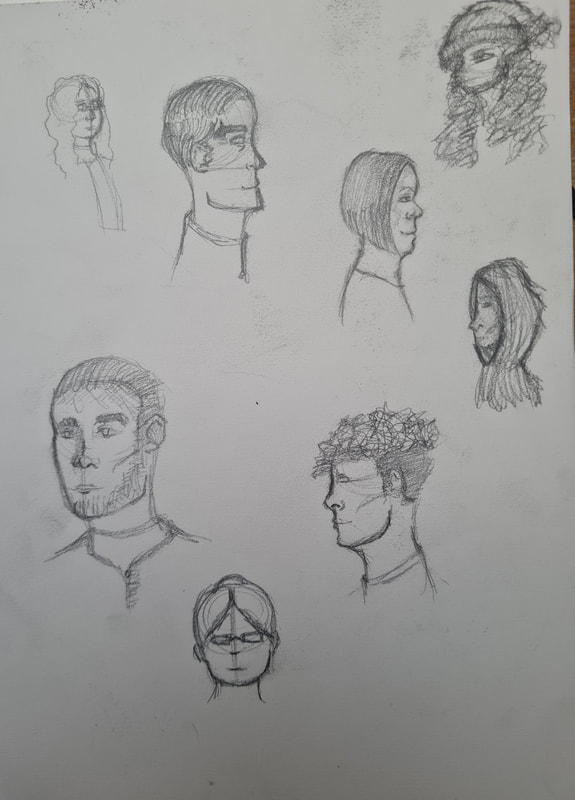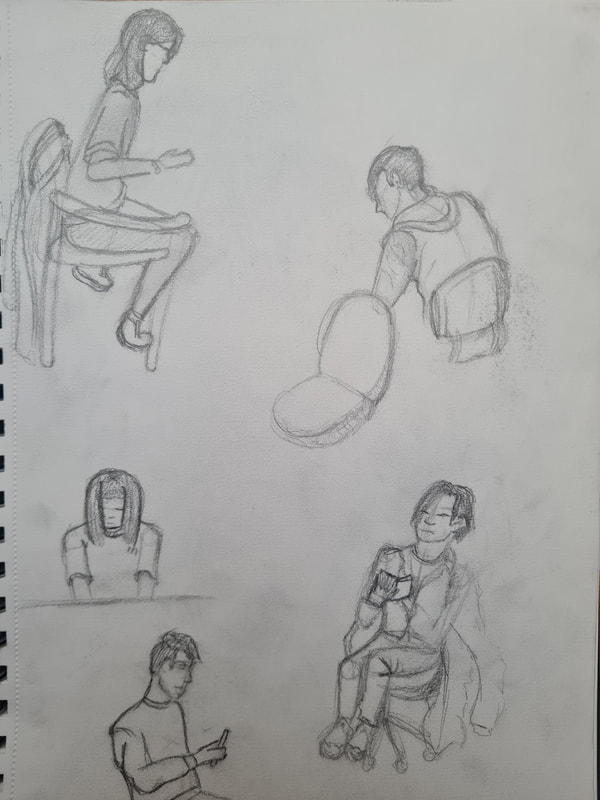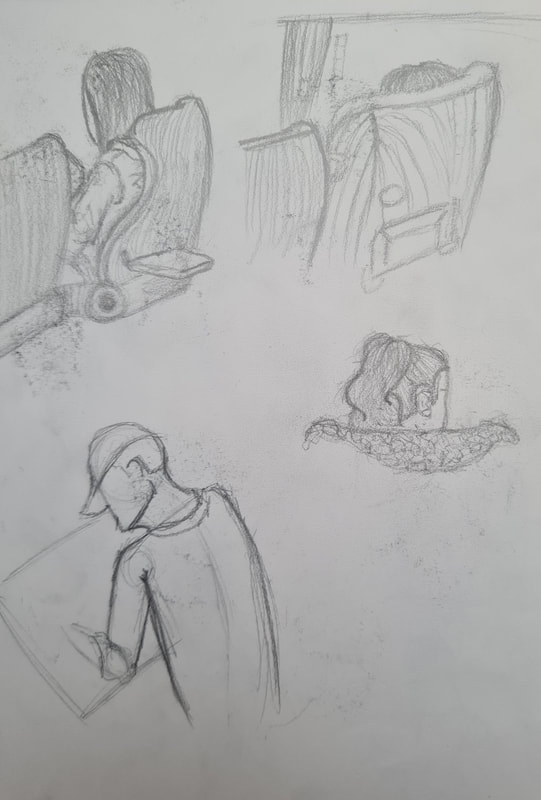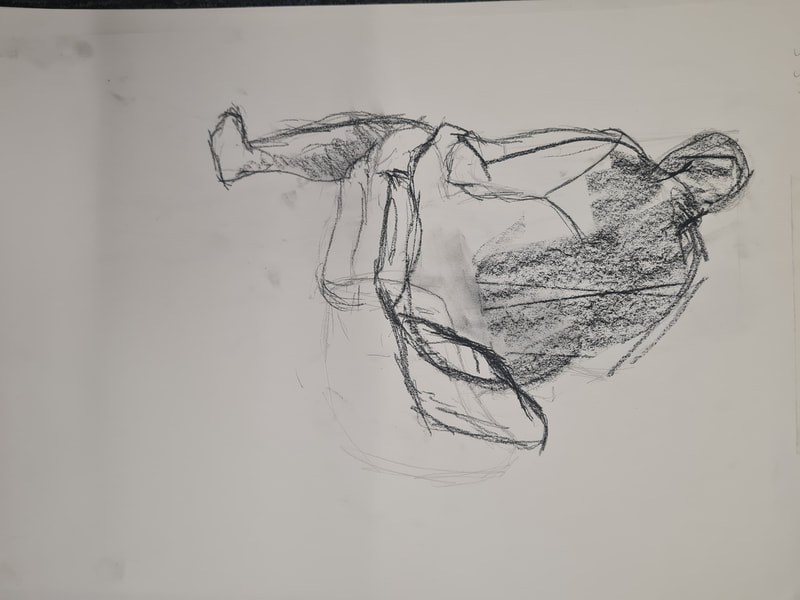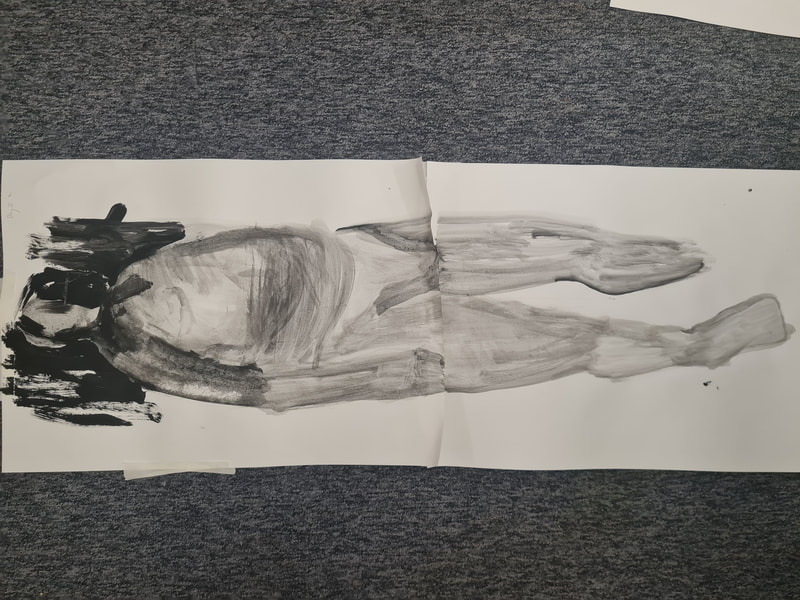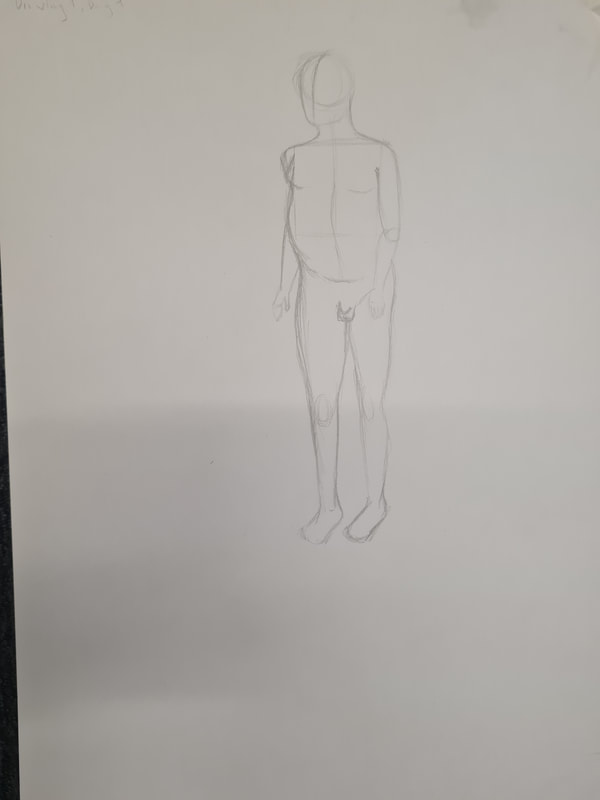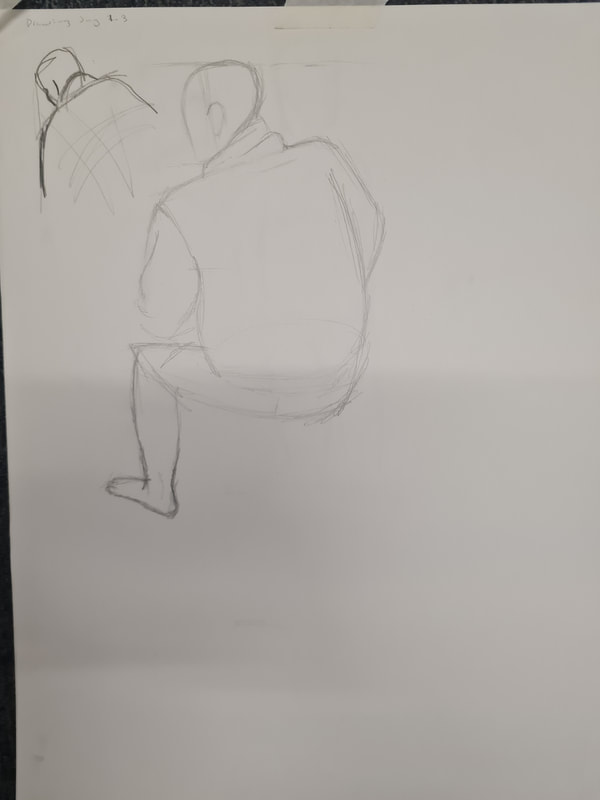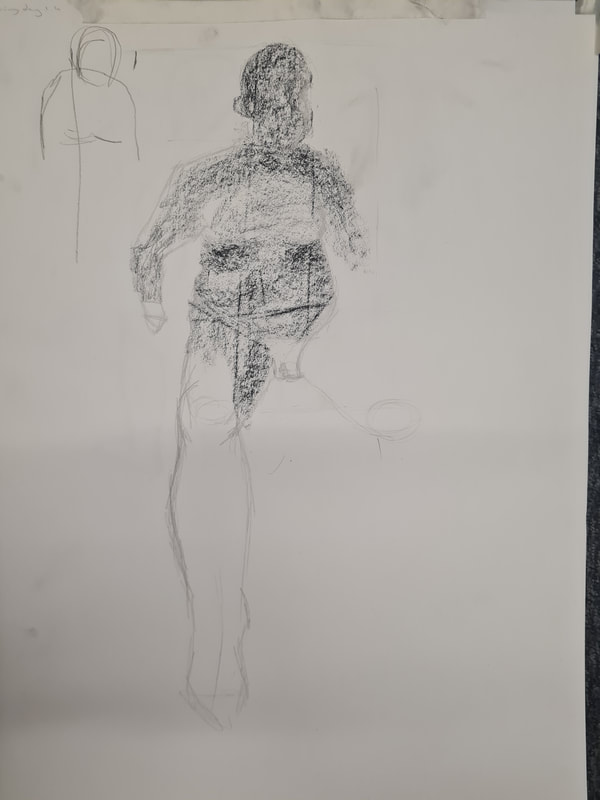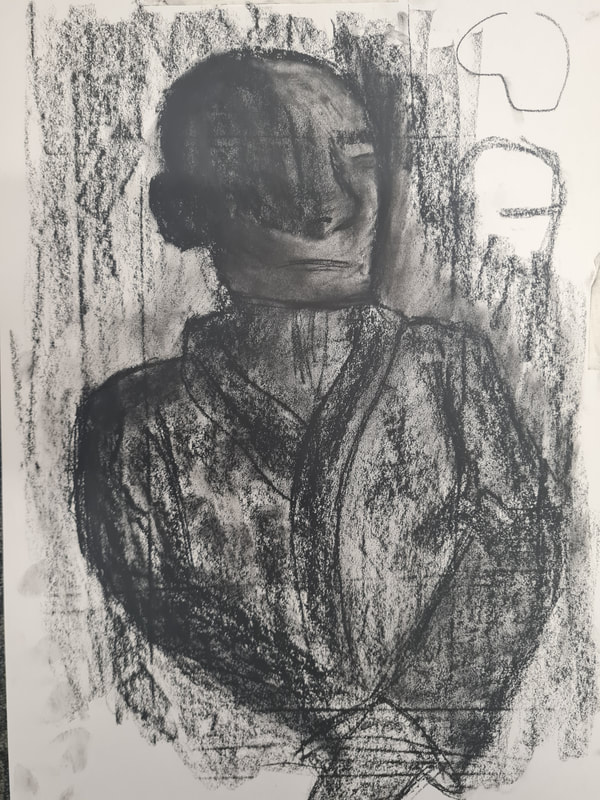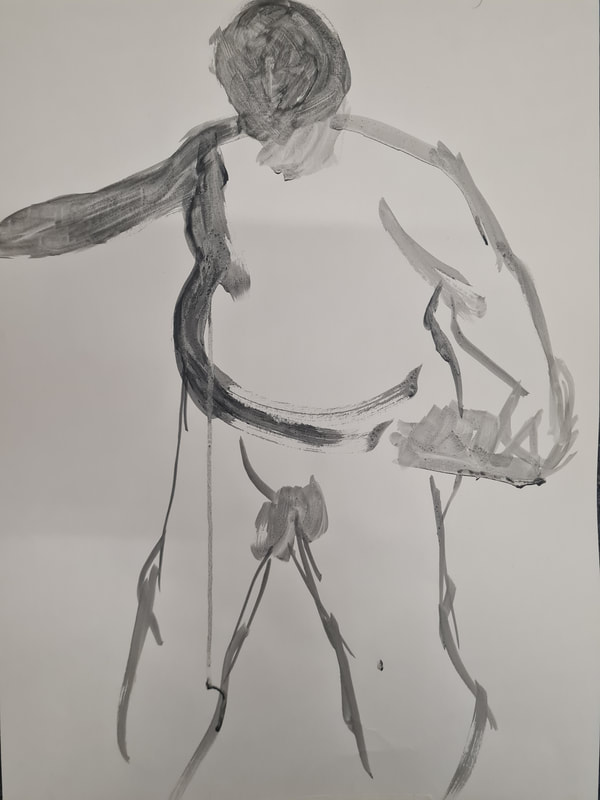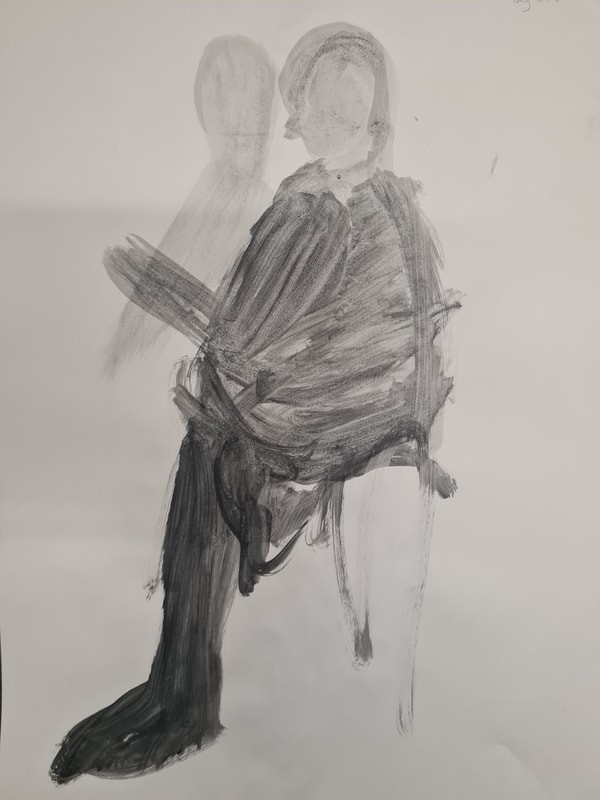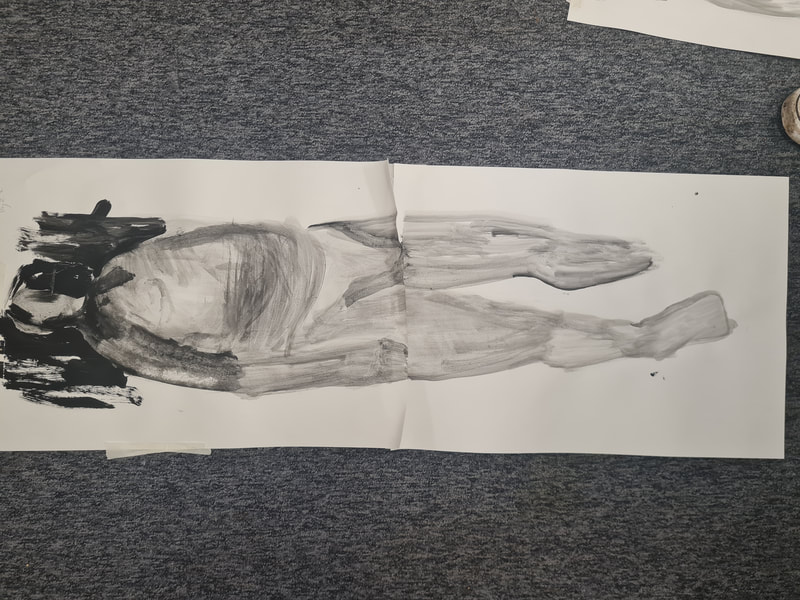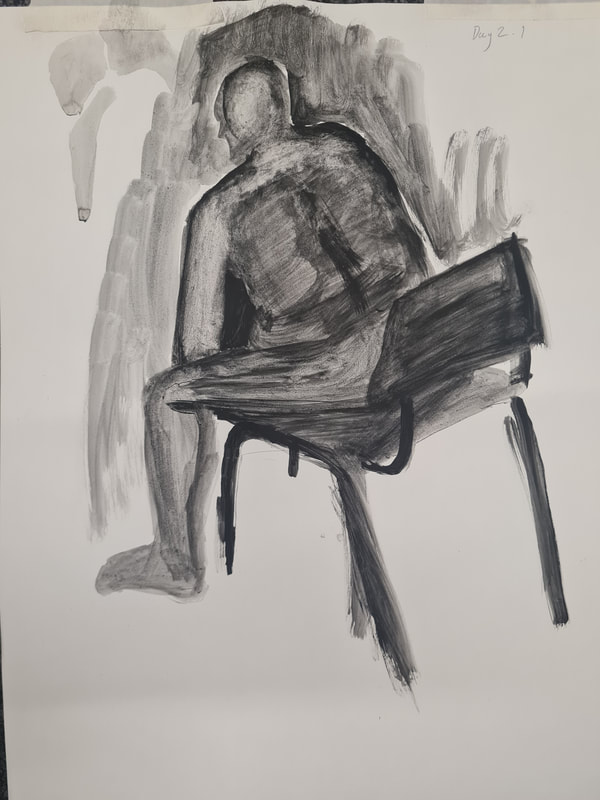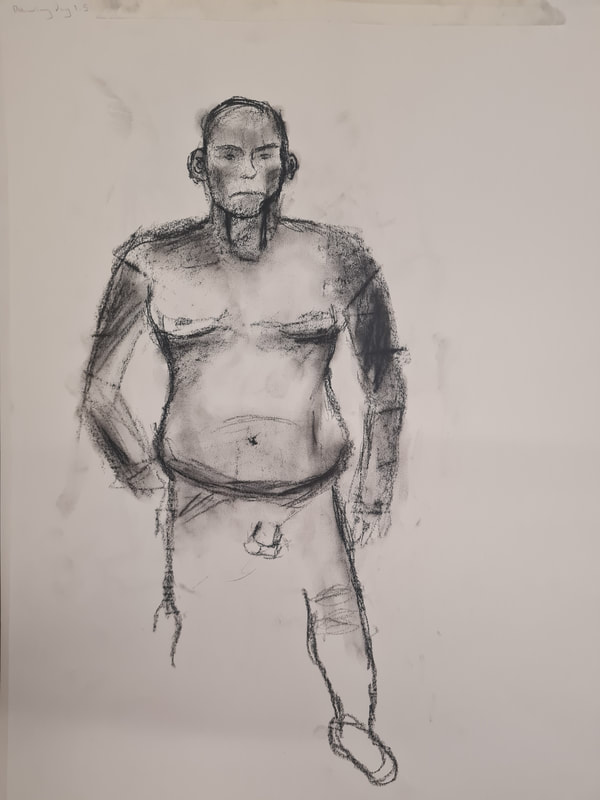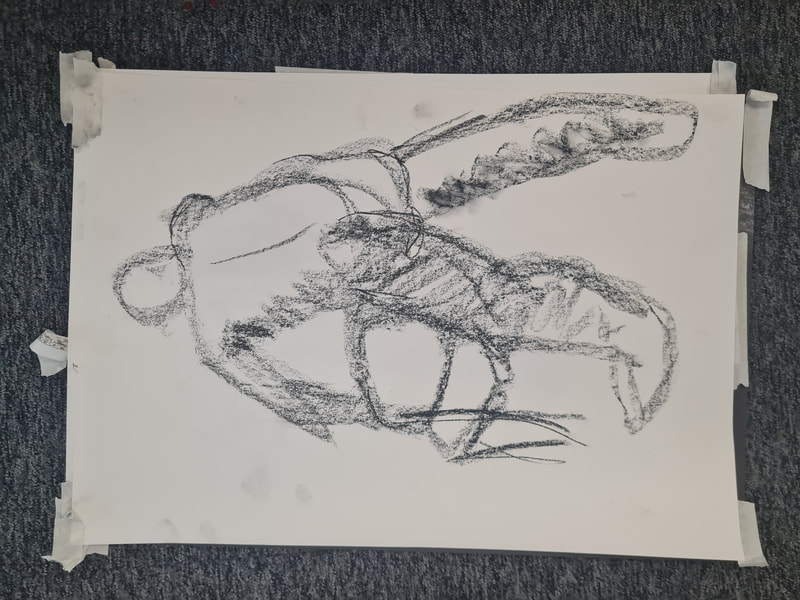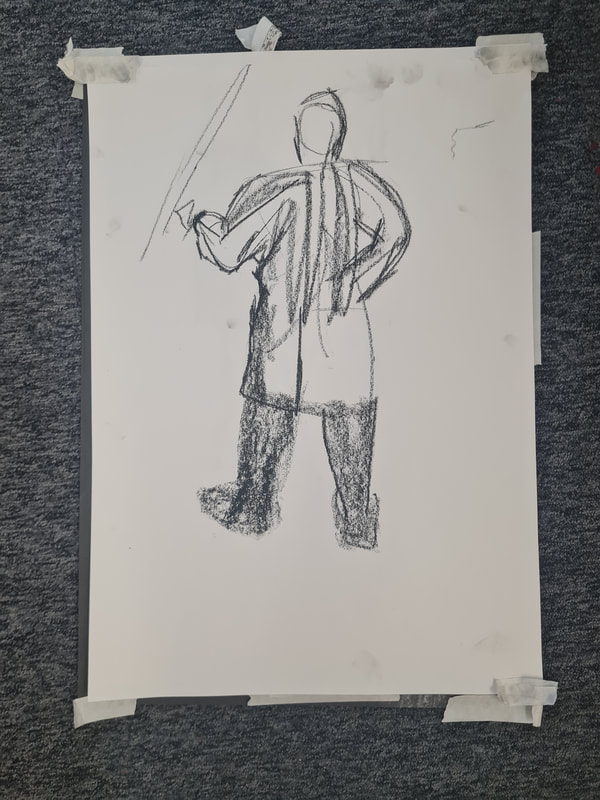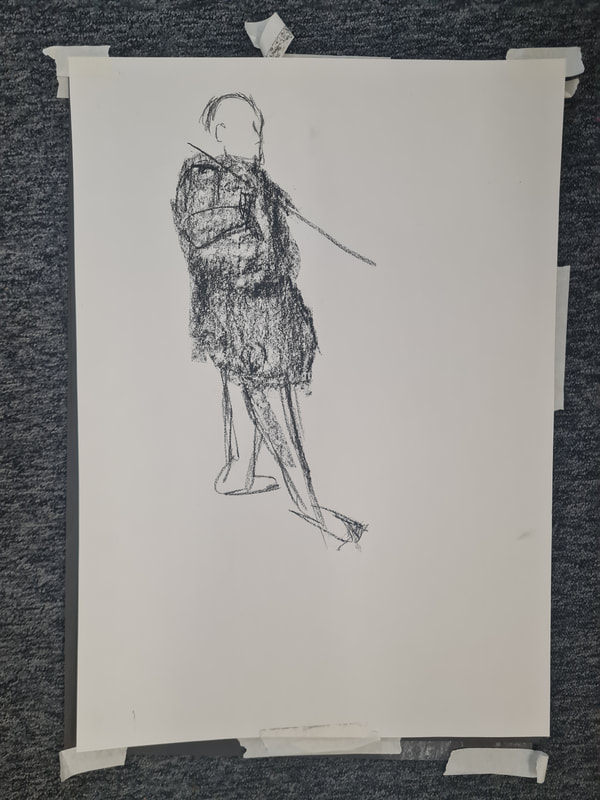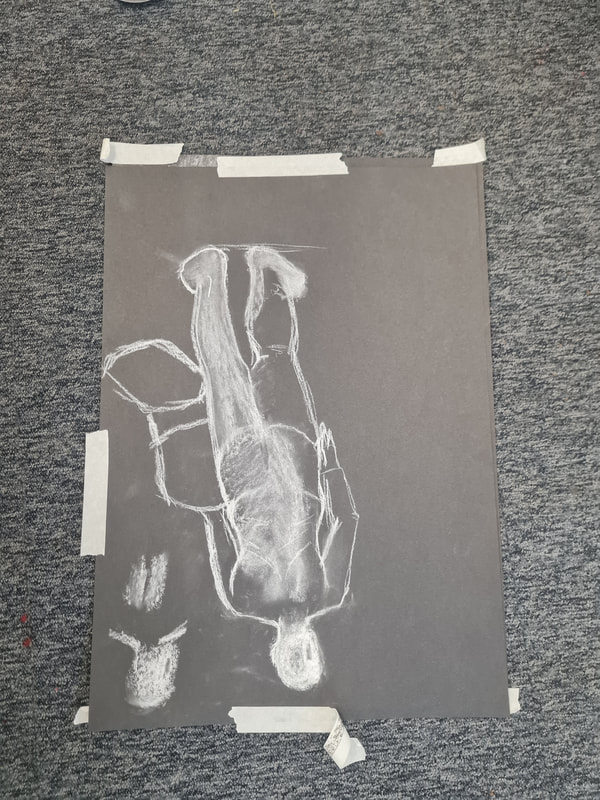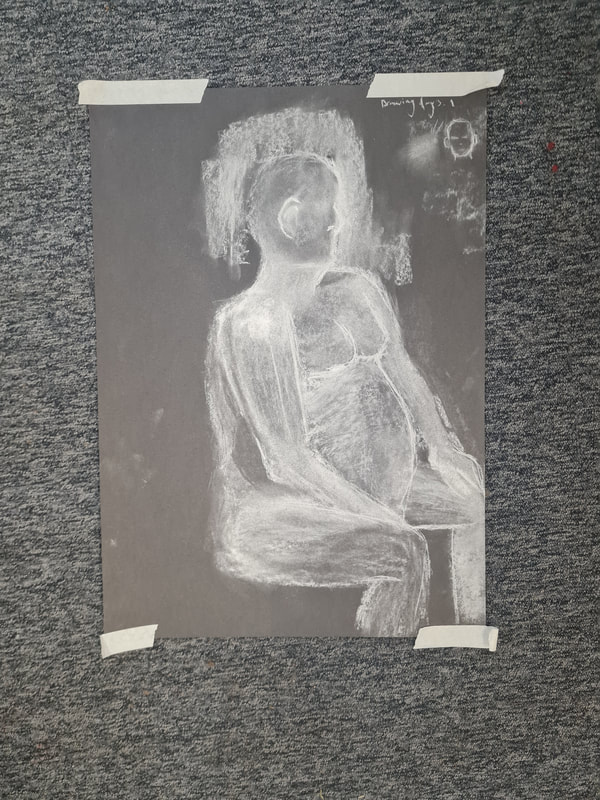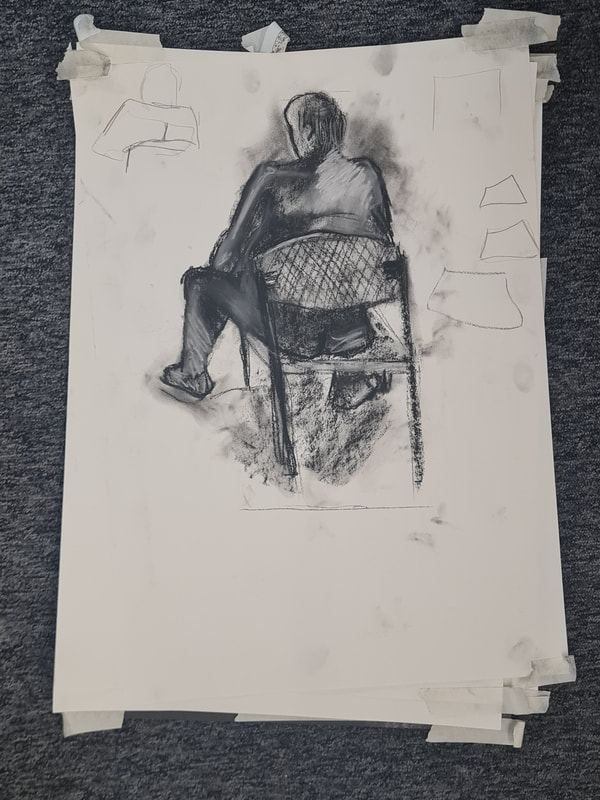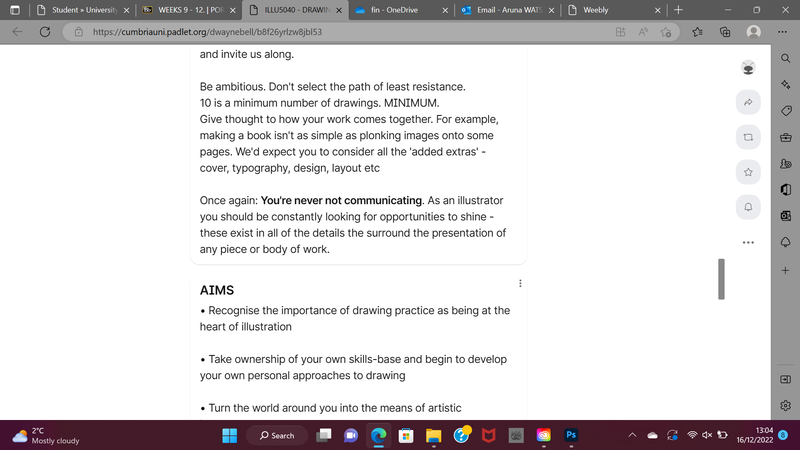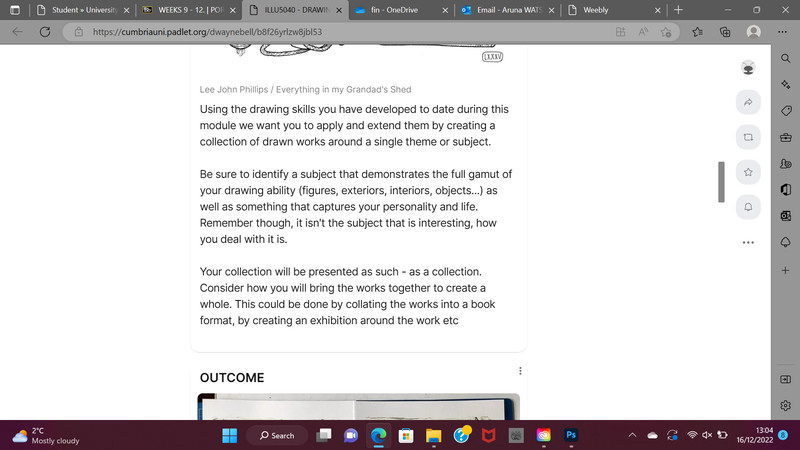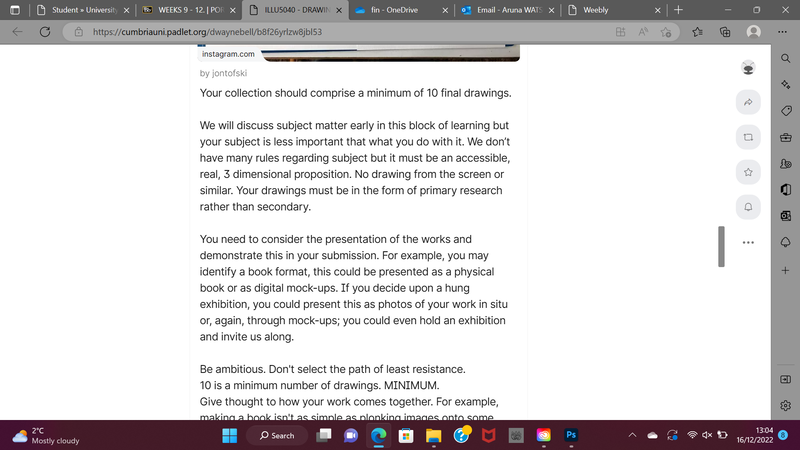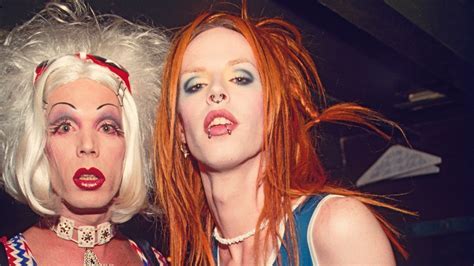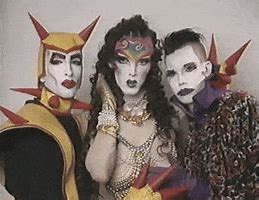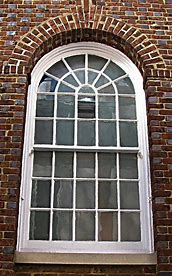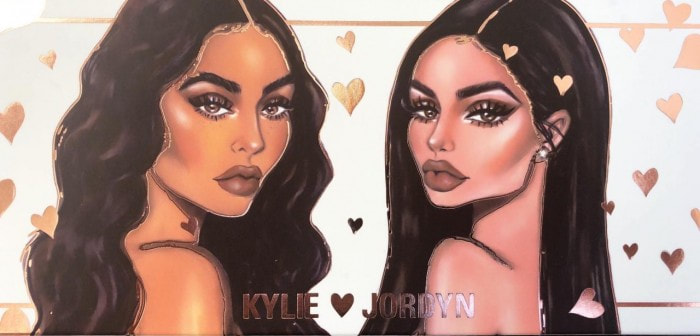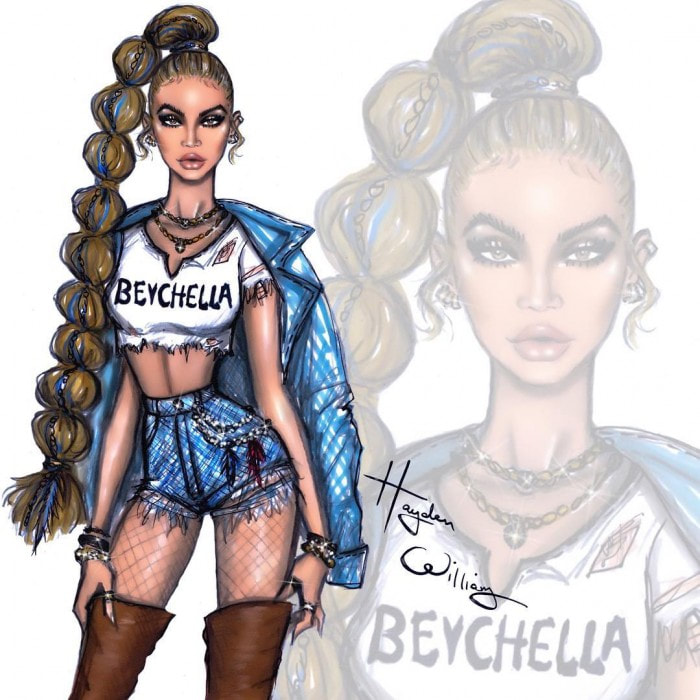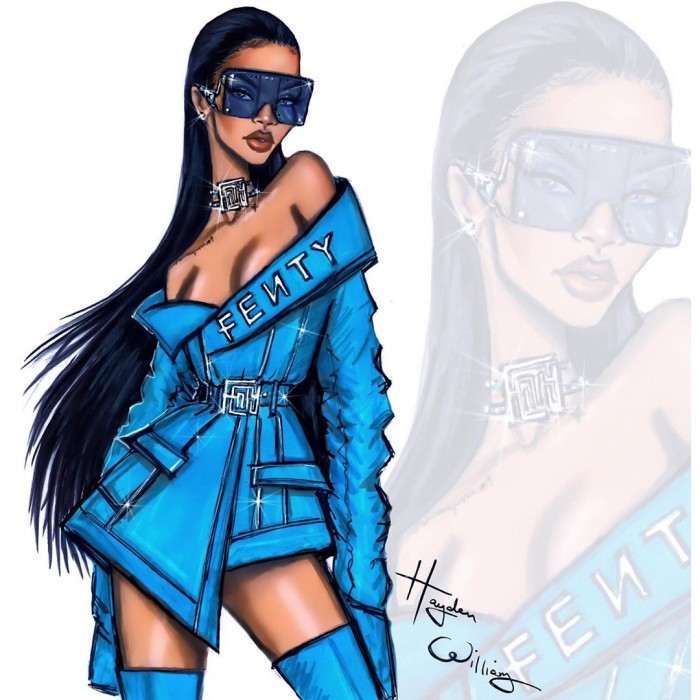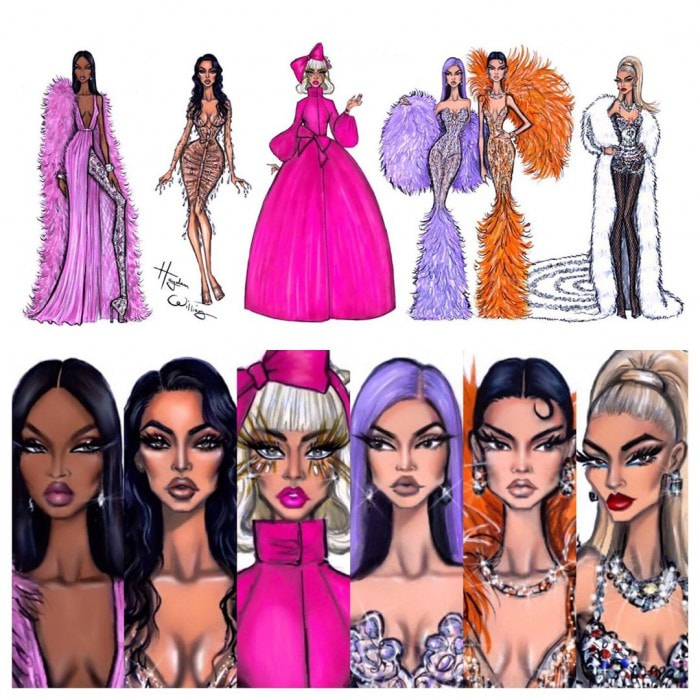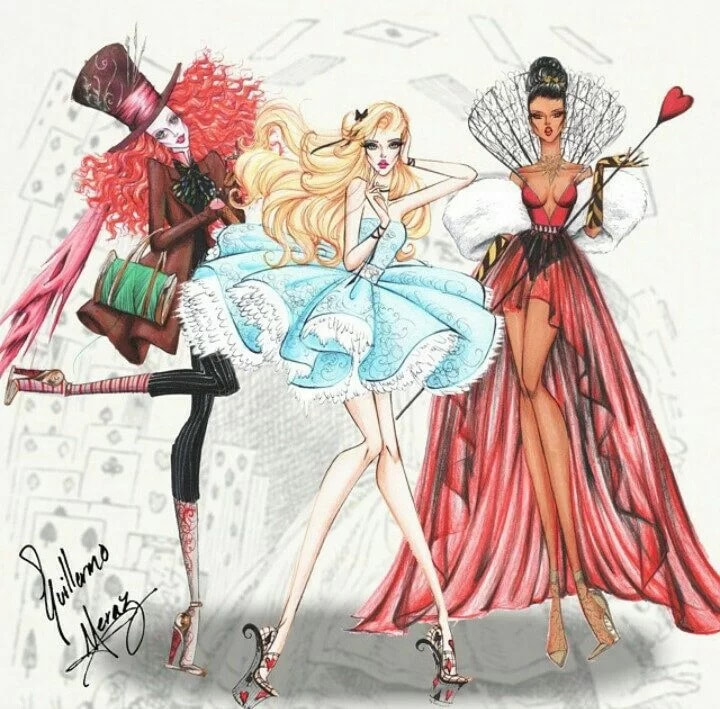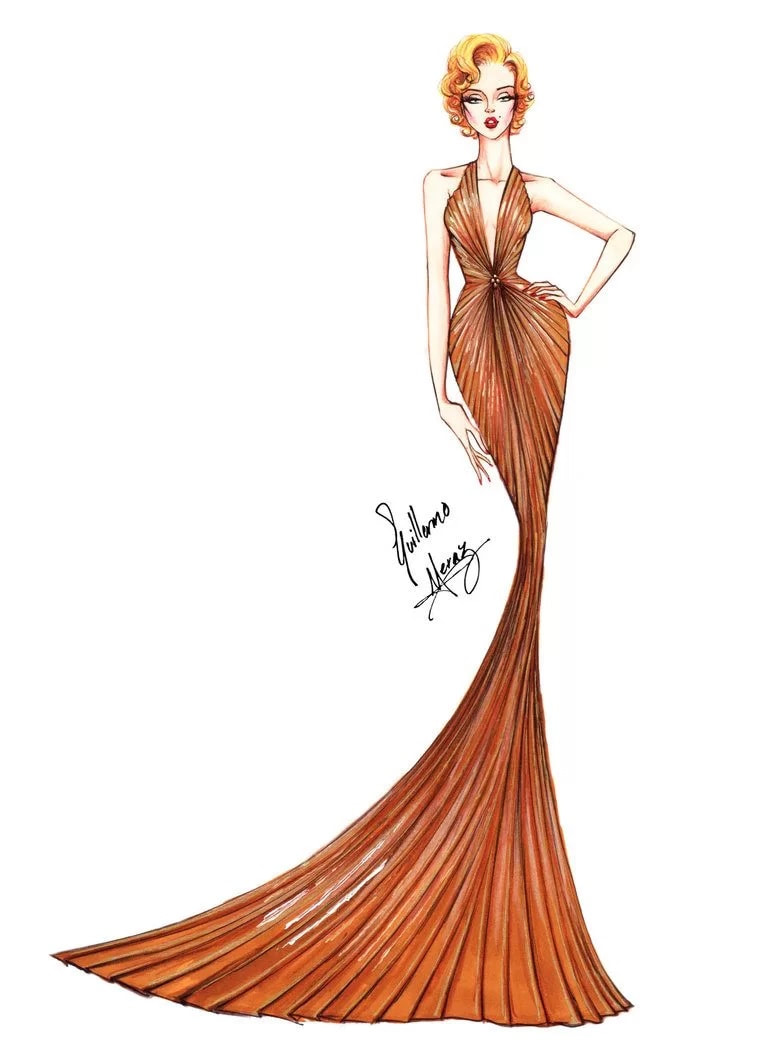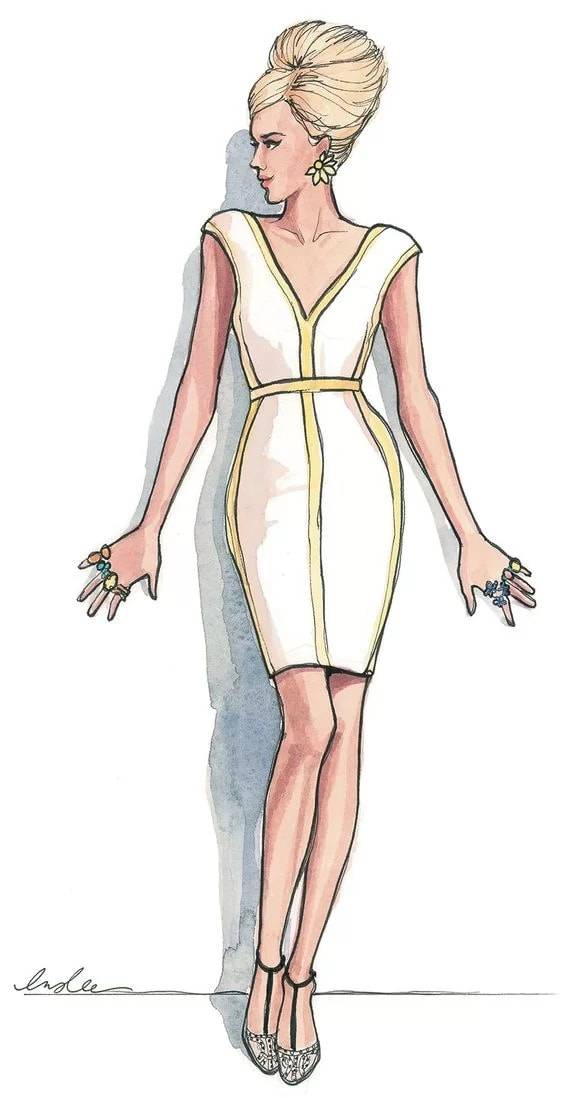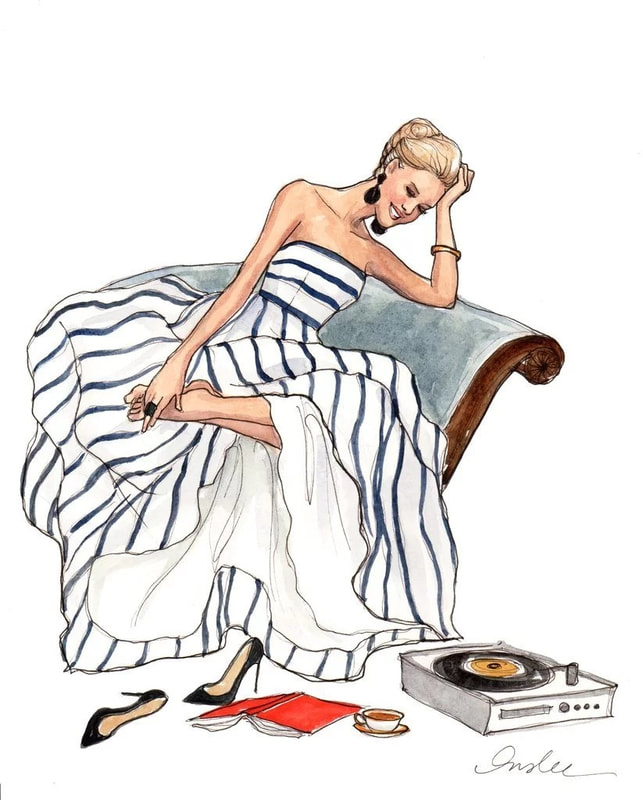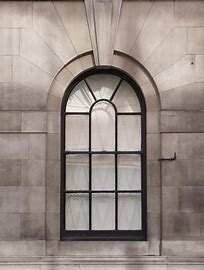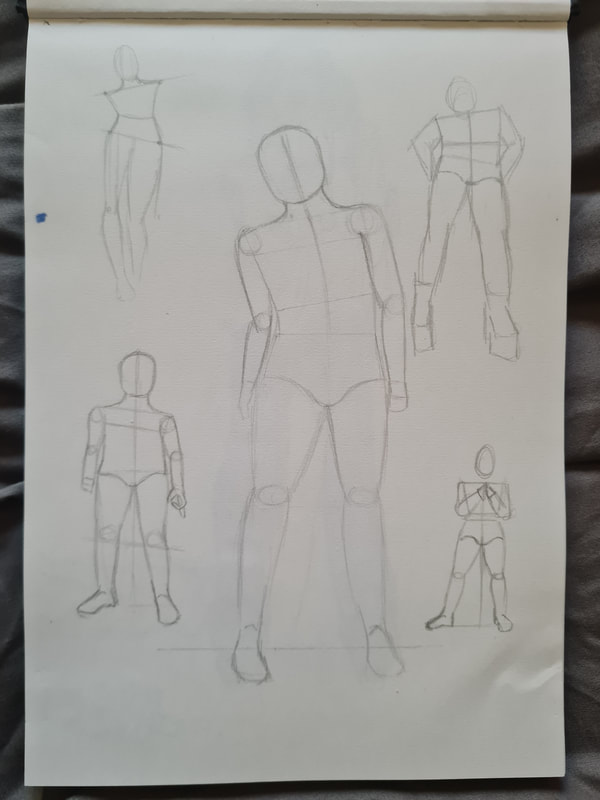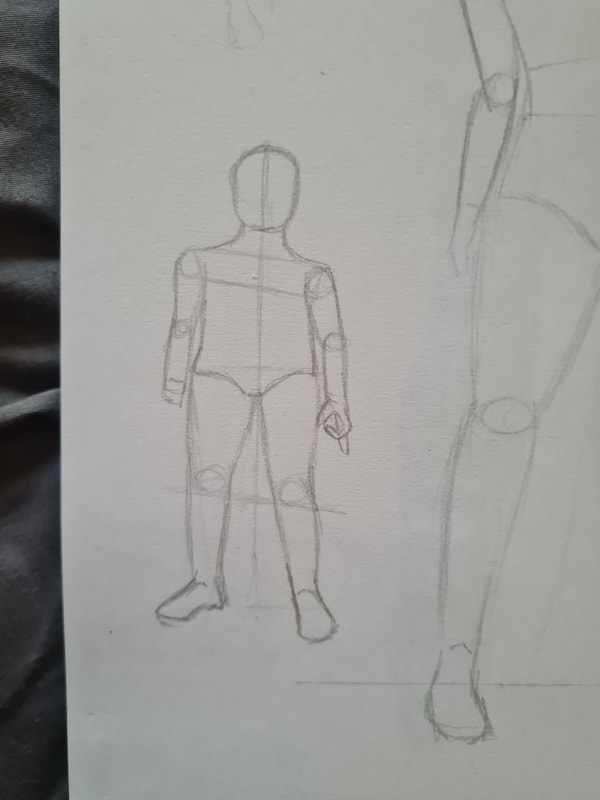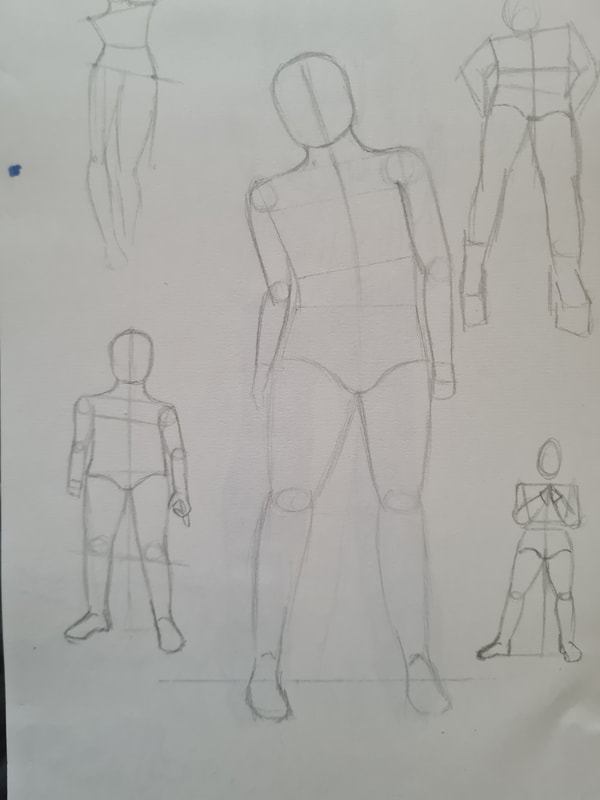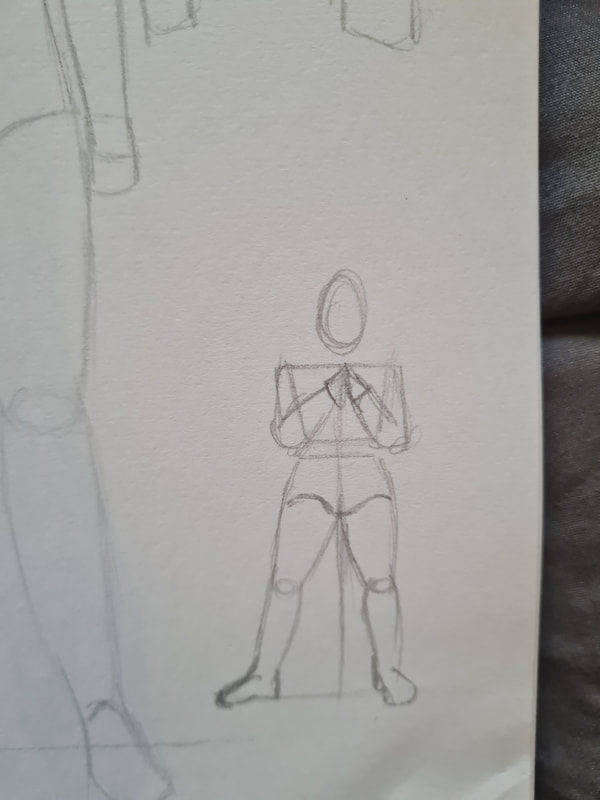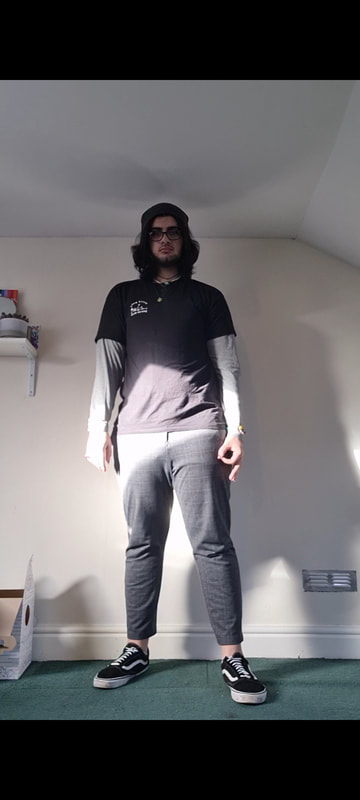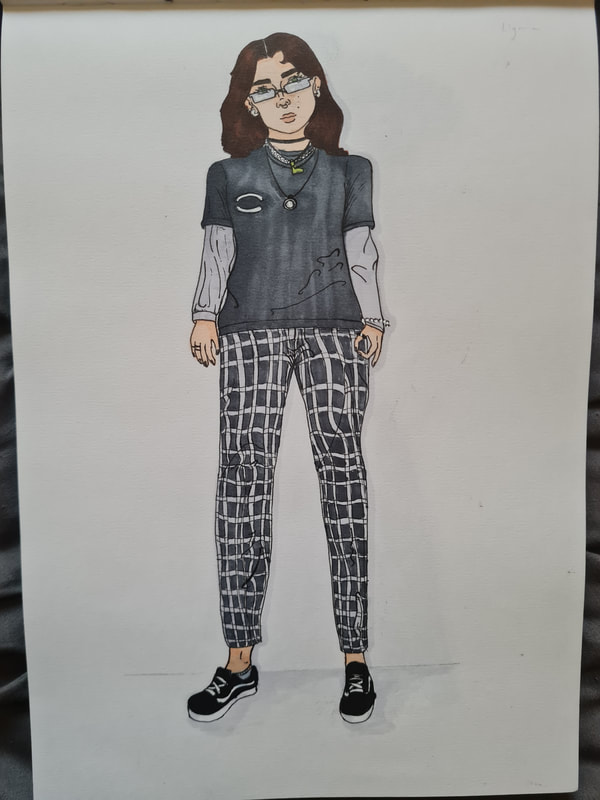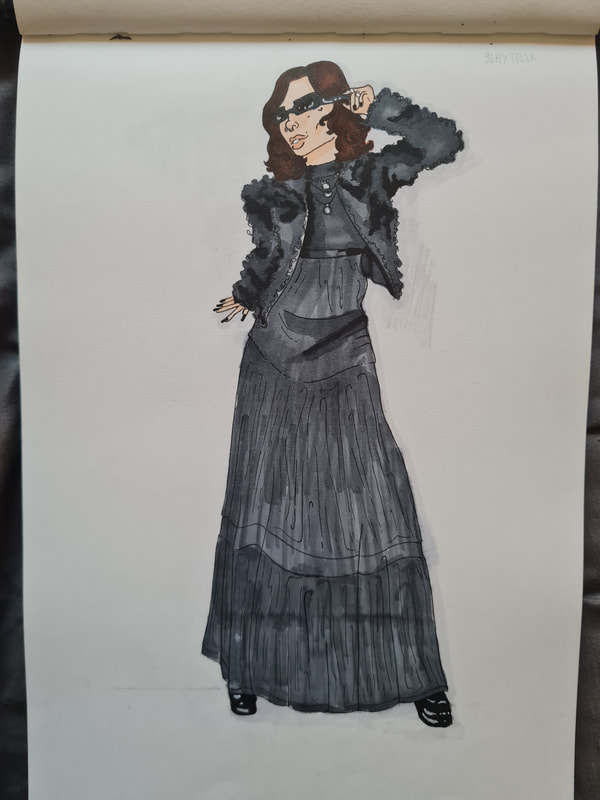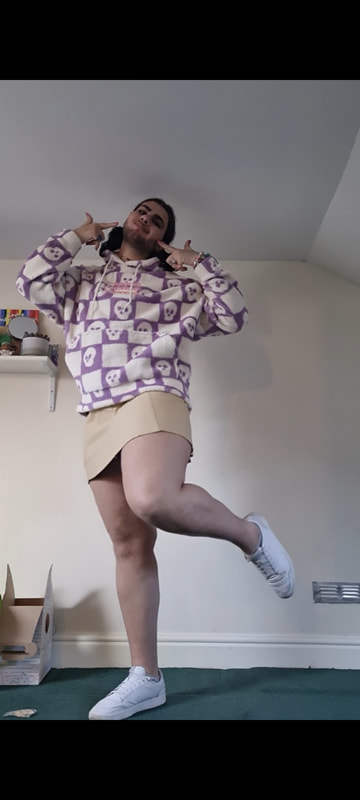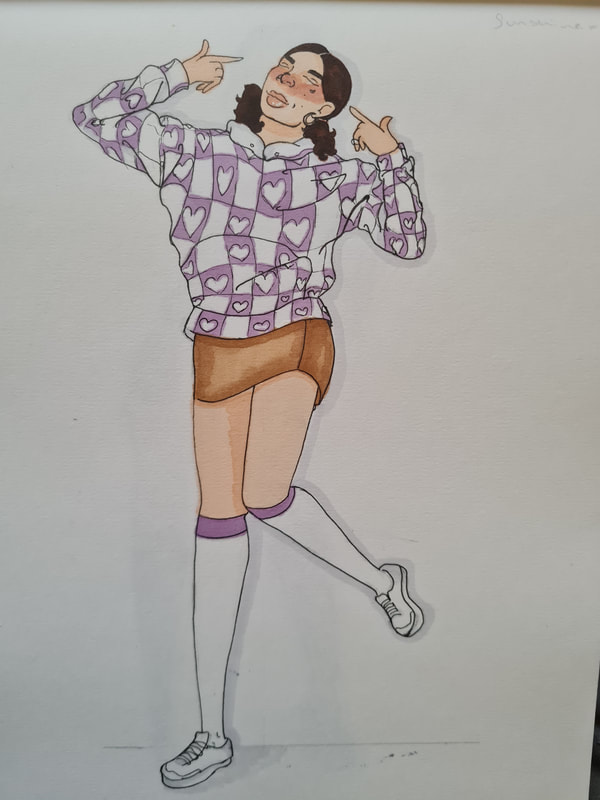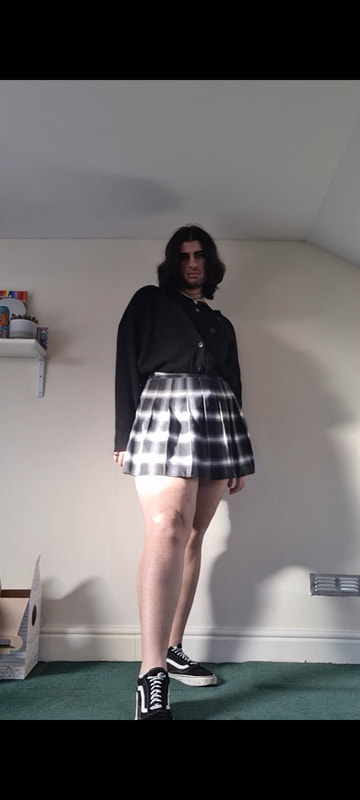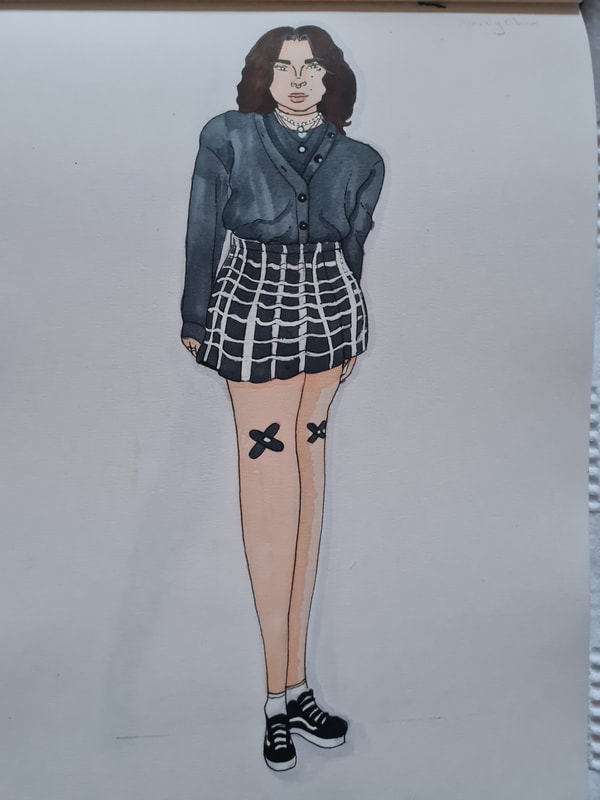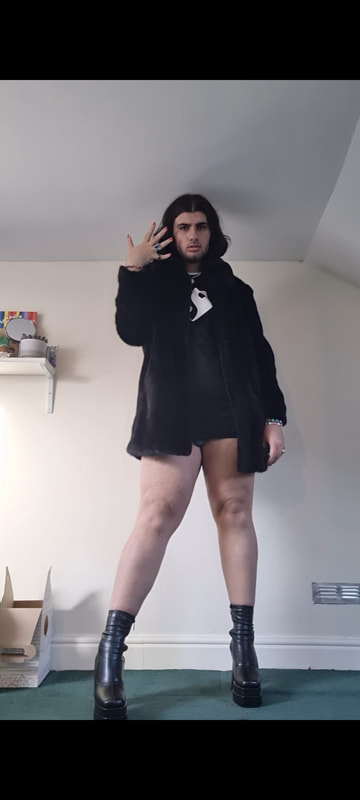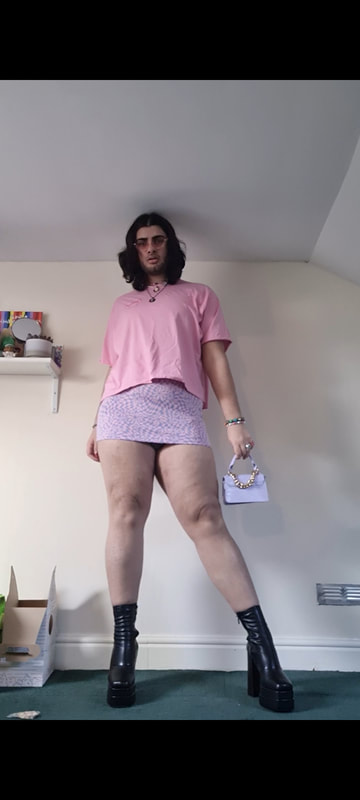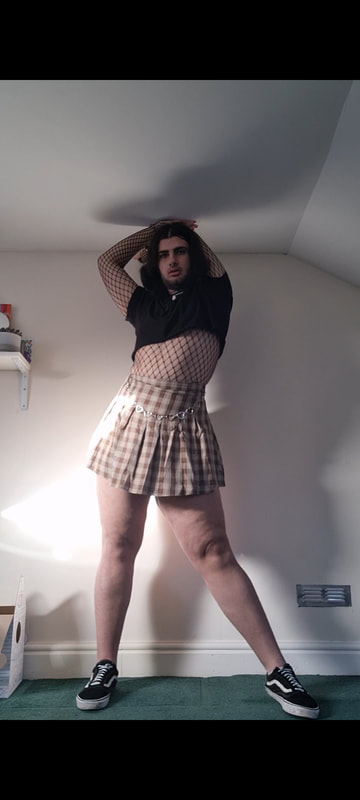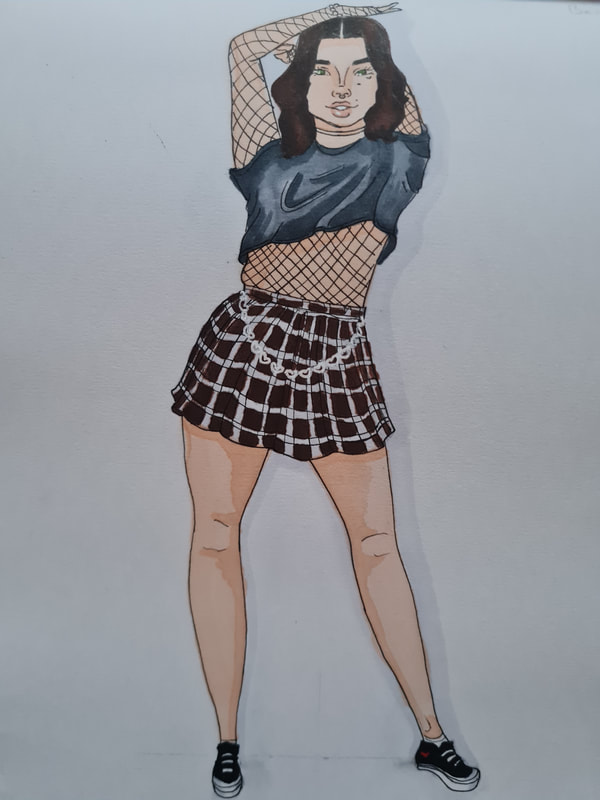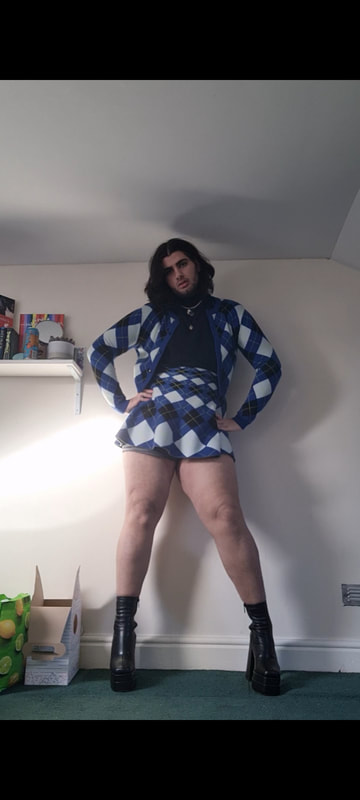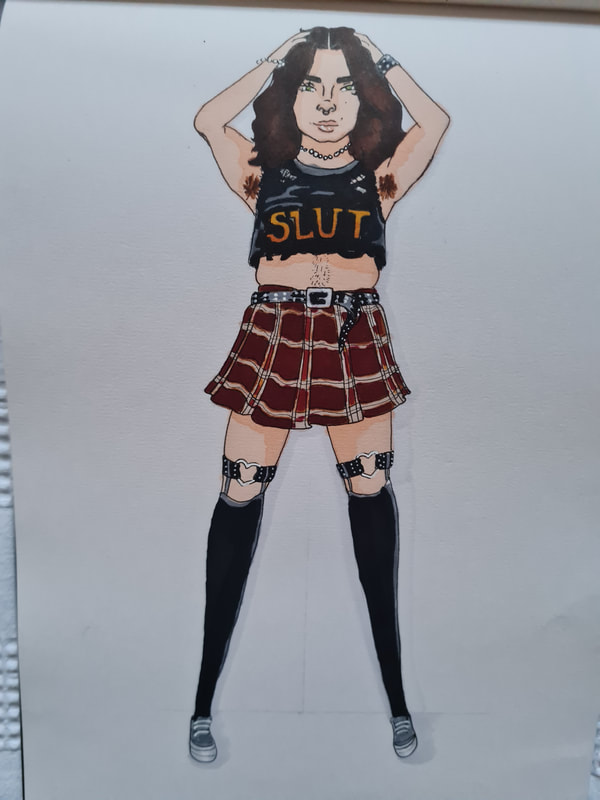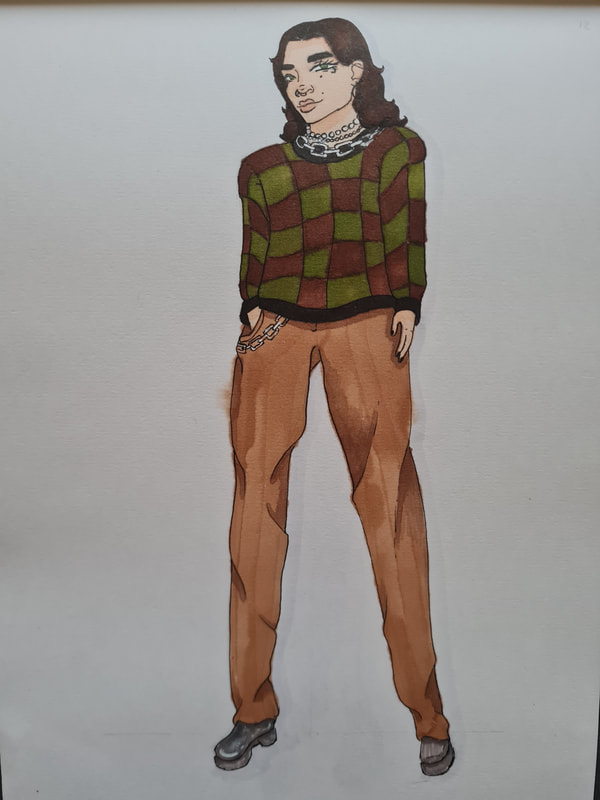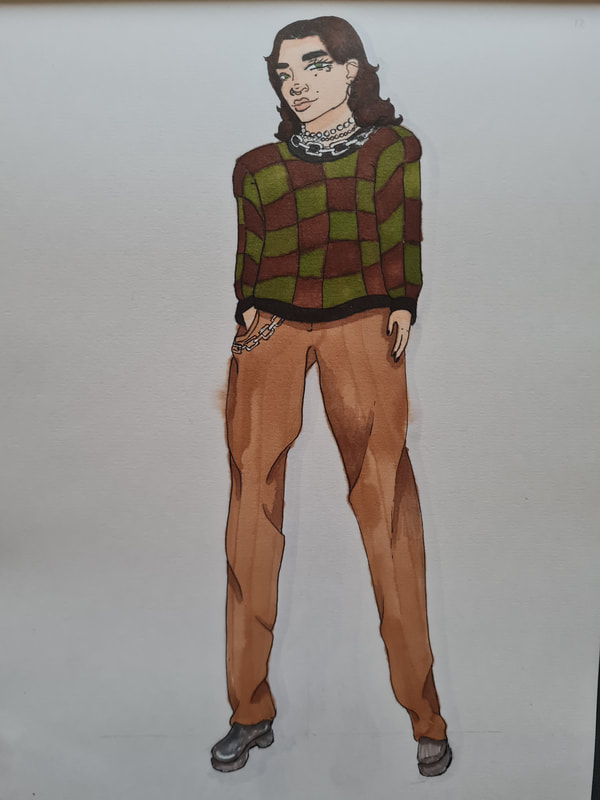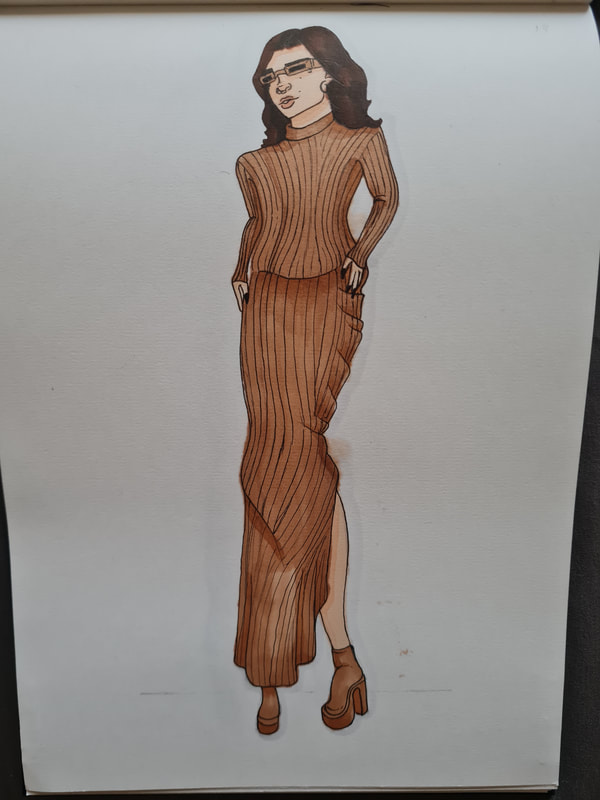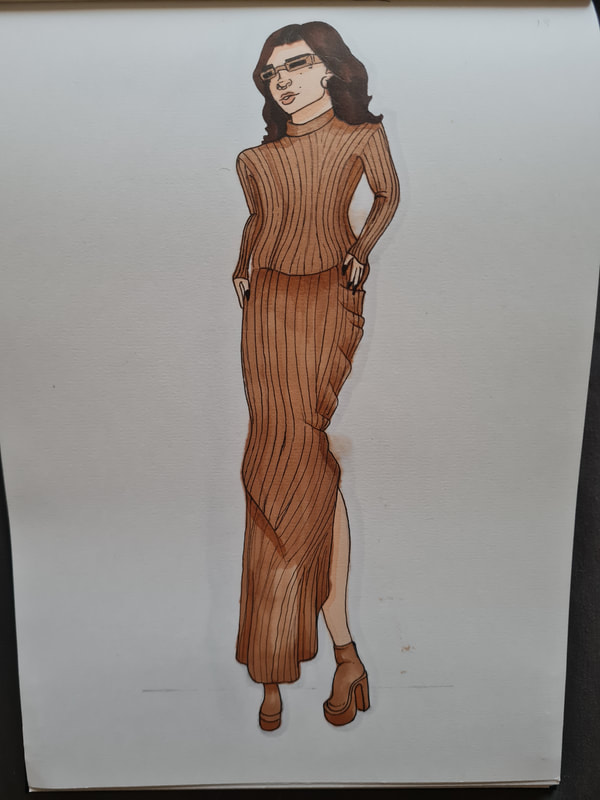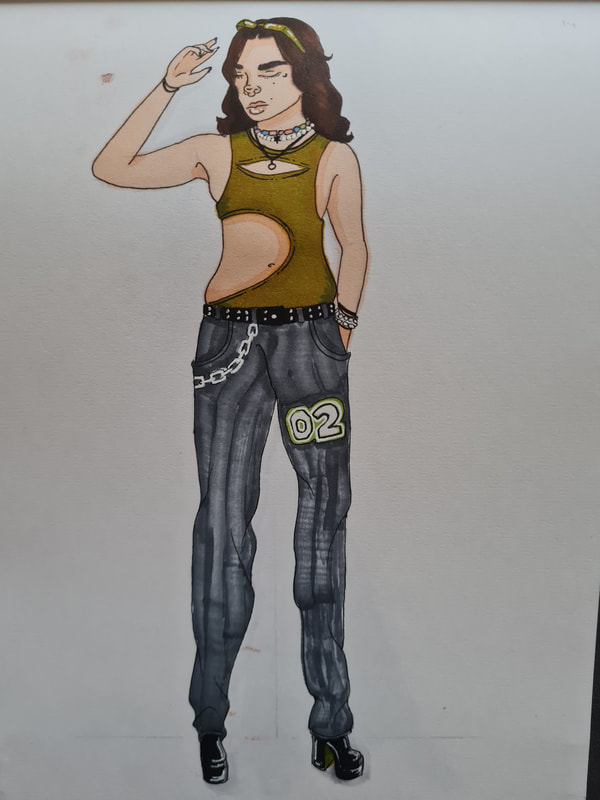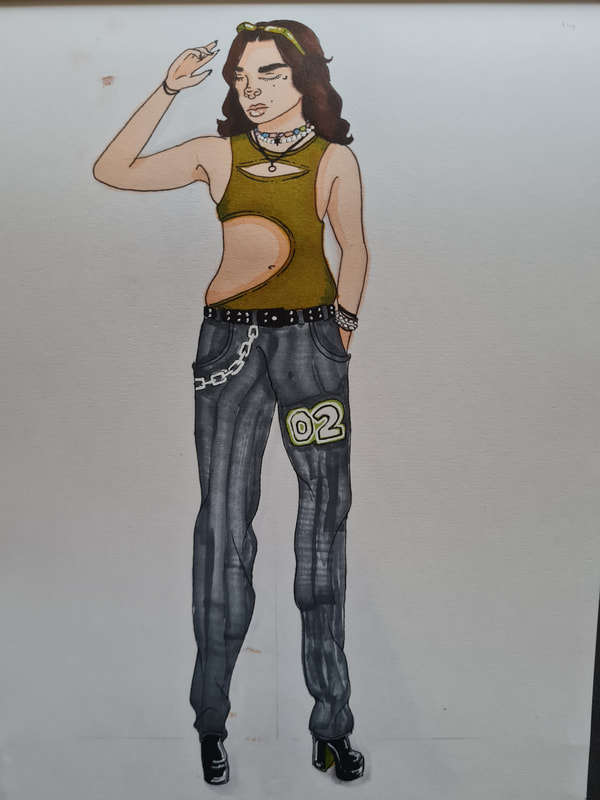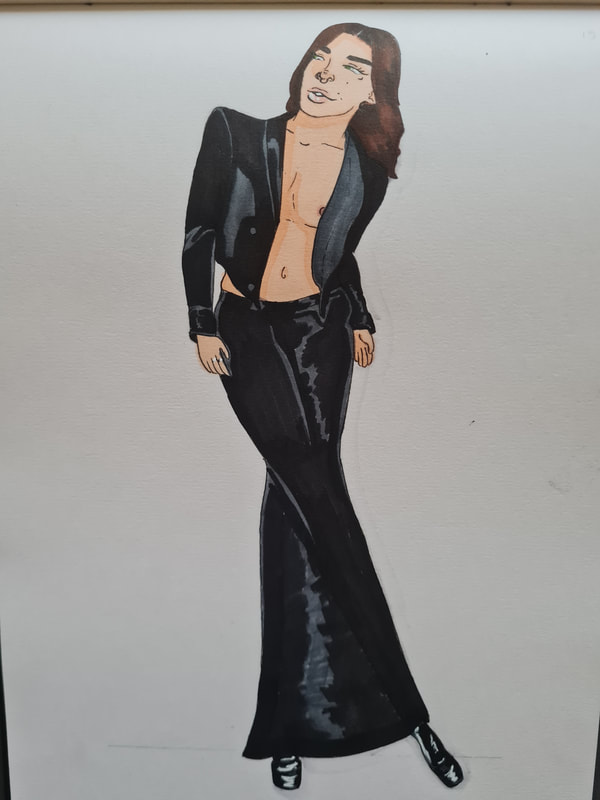"When I see someone with an immaculate sketchbook, I don't trust that person."- Kody Chamberlain
Weeks 1-4: Sketchbooks
Week one's focus was on the sketchbook, having been asked to seriously think about the importance of them and how to best use them as artists. In aid to this I researched how other artists have used their sketchbooks, what are their subjects, materials and skills focused on and how could I use this information in my own sketchbook. Observational drawing was also the focus of this first week, how can an artist take in their surroundings and replicate that in their sketchbooks. This week we were asked to also experiment with mark making techniques such as cross-hatching and stippling, thinking about how we can use these techniques to reference depth, tone, structure and mood of what we were drawing.
Sketchbook: Lucinda Rogers
Something I've observed from looking at Lucinda Rogers sketchbook is how loose and freely she is able to draw her subjects, you can almost imagine her out on the street drawing the people who walk past her or the traffic lights she sees while in the car waiting for them to change. focusing on her observational drawings of people its impressive how she is able to capture so much of her subjects' attitudes and vibe in a short time if they are walking past her. It appears she works in either fine liner's or with ink, guessing by the similar widths of her lines. I also noticed that she doesn't spend time focusing on little details rather the whole form before she moves on. using hatching and cross hatching mostly she adds the texture of key features of her subjects. I think I can take that it's okay to be looser and free in sketchbook, to train to eye and hands signalling to become faster. One thing I really like is that Rogers doesn't just stick to one page if her subject is longer or taller than her in its form. It creates a very interesting double spread in her sketchbook.
Sketchbook: Scott Christian Sava
|
|
|
|
Watching Sava sketch and replicate what he sees is a different feeling to looking at someone's finished observational drawings, seeing it unfold on camera from start to finish is definitely a cool experience. watching that sometimes the artist might stand over again or move around to get the best view of their subject is a reassuring message that it's okay to not immediately known how draw something. In his sketchbooks I can see that Sava uses graphite pencils for his under-drawings, fine liners or brush pens for line art and gouache or watercolour paints if he wishes to use colour. I chose to look at Savas sketchbooks because he is one of my favourite artists and while his portraits are my favourites to look at its very interesting to see that he keeps his recognisable style even when he is drawing animals or buildings. I find it very interesting that he uses his sketchbooks as a journal of progress but also as a visual of where he has been. to be able to look back at and see how far his observation skills or how he draws has changed is very interesting to look at.
Sketchbook: Charles Dana Gibson
Looking at sketches from Gibson I can tell his love for a type of simplicity in his illustration, it was potentially influenced by the time in which he was illustrating but now over 80 years after his death it's so recognisable to him. From his work I can see that Gibson was using pen and ink to draw. His use of differing line width is so incredible to look at. He was able to create so many different textures just from lines which is very impressive. For his shading Gibson uses curved hatching following the structure of hair or of the face depending on where he is shading.
Observational drawings
For my observational drawings I experimented with a variety of scaling, subject and materials. For most of my observation drawings I worked in an A5 sketchbook, I'm more comfortable drawing at a smaller scale. At first this was in my favour as I was getting used to drawing observantly. When I figured out how I would approach observational drawing I moved to working in A4 sketchbooks. At first, I drew settings such as my chest of drawers and what was on it, my studio workspace, the cabinet in my living room and the living room TV. Then I focused on singular, slightly bigger objects such as two dinosaurs sat atop the studio workspace wall, my water bottle, an oasis bottle and my platform boot. I experimented with hatching and cross hatching mostly to add depth to my drawings, I found this the quickest was to add texture and tone to these drawings as I noticed quite quickly that most objects have a lot of lines in them.
Scenes
Single objects
Groups of objects
Week two: Urban sketches
Week two's focus was on urban sketching, just as its name suggests urban sketching is focused on drawing what surrounds you as an artist. Urban sketch artists draw the villages, towns and cities they live in or the ones in which they travel to. This was a very different task to undertake as someone who likes creating art in the comfort of their own rooms and not out and about. It was very fun though as I was able to grow my confidence slightly when people came up and asked what I was doing or when they were staring at what I was drawing. The task was based around illustrating and depicting the area that surrounds us.
What is urban sketching?
Urban sketching is an on-location form of art making, it is the opposite form of art making to artists who paint natural settings such as fields, forests or gardens. As its name suggests Urban sketching focuses primarily on the man-made landscapes, urban sketchers will draw the villages, towns or cities in which they live or travel to. seen as getting into the nitty-gritty of the modern world. As this is art form is on location it is advised to pack compactly. This is so an artist can bring different materials to sketch with but don't take up excess amounts of space. Such as graphite pencils, an eraser, pen and ink (dip pen and ink is risky as the ink could leak), markers (thick and thin tipped for varied lines), travel watercolour sets. Another essential part of urban sketching is the understanding of good compositions and perspective rules depending on what you're drawing. To better understand this art form i looked at some urban sketchers and how they draw.
Liz Steel
Alicia Aradilla
Urban sketches
For my urban sketches I found the most inspiration in drawing the old pubs and shop fronts around town and around where I live, in my opinion they are a lot more visually interesting then houses or modern buildings. I think my interest in these types of building stems from how architecturally different these buildings have become since they were built. For example, one of the first sketches I did was of the pub opposite my house. There's the main building then off that a wing of the building that looks a lot newer, there's also the perimeter wall on the street. In parts it's still old bricks, mixed with newer ones and some parts have been covered in stucco or a cement like material. These buildings were so much more intriguing to draw because they each had so much character and history to them. One thing I found difficult was getting the horizon line right, as a taller person it's hard to replicate where my eye line meets to the actual thing, The way I found that worked best was drawing in two-point perspective, usually on the street corner opposite it. because I could look at where all the lines were going back to it helped replicate where my eyeline was. For this project I ended up with more sketches then finished drawings. For one reason, it was heavily raining this week and i didn't want my sketchbook to get ruined in the process and reason two being I felt it was more use getting the angles, proportions and visuals right rather than visual details.
These sketches depict: St. Nicholas Arms, the Crane Makers, The Calva building at Fuse hill street campus, shops around the citadel and houses that surround the Brampton Rd. campus.
These sketches depict: St. Nicholas Arms, the Crane Makers, The Calva building at Fuse hill street campus, shops around the citadel and houses that surround the Brampton Rd. campus.
Week 3: 'wildlife' drawing
Week three's main focus was on 'wildlife' drawings, meaning the human for out in the wild as opposed to the stationary figures artists often draw. The task was to actually get out and draw real people not our flatmates or models in photographs, this was a very different task as you have to be able to conceptualize what it is that you're seeing and draw it before the person moves on. I thought mostly of how Lucinda Rogers works, mainly focusing on bigger geometric shapes with simple lines. I think this was the better way of working because it meant I wasn't worrying about the finer details, rather the basic shapes that make up the human form.
Wildlife drawing from life
My 'wildlife' drawings from life were primarily done in places i could sit and see different types of people going about their business without them knowing someone was drawing them. Like in the illustration and graphics studio and on the comic book festival trip. Like my urban sketches I did these as quickly as I could whilst also learning how to break down the human form into simple shapes and also teaching myself to pay attention to details or features that make these people individual. I found this interesting to do, unlike when working with photo reference you only get a few seconds or even minutes to draw these forms, so your eyes, brain and hands learn to quickly communicate. This was definitely a weird experience as with some of these sketches you have to leave them unfinished or not as detailed if the person your drawing moves or leaves. I think in the future when I revisit this I'll try in a cafe or somewhere people aren't rushing around until i get more used to doing them.
What I've learnt from this task is the importance of going out and getting better and quicker at drawing people on the go, with photographs it's nice that you can get all the fine details or poses right, and you can restart them as many times as you want. Whereas with wildlife drawings of people you have to be able to get these in quickly and confidently. I think a good understanding of anatomy or how to simply draw the human figure realistically is important. For example, something I found interesting to draw was people's shoulders. Mainly because a lot of people's curve or aren't always sat with their backs and shoulders in a 'proper' position. It's something I haven't really paid much attention to before.
What I've learnt from this task is the importance of going out and getting better and quicker at drawing people on the go, with photographs it's nice that you can get all the fine details or poses right, and you can restart them as many times as you want. Whereas with wildlife drawings of people you have to be able to get these in quickly and confidently. I think a good understanding of anatomy or how to simply draw the human figure realistically is important. For example, something I found interesting to draw was people's shoulders. Mainly because a lot of people's curve or aren't always sat with their backs and shoulders in a 'proper' position. It's something I haven't really paid much attention to before.
Weeks 4-8: Life Drawing
Life drawing is one of the oldest art disciplines, inwhich the artist or artists will capture the essence, structure and form of the model.
Week 1:
These are the pieces from week one, in this session we used conte crayons, black charcoal and white paper. It was my first time ever doing a life drawing session. I was overwhelmed and confused on how to translate the model onto the paper. In time i remembered to used sizing and measuring techniques to get the right proportions. I had a lot of fun using the conte crayons and charcoal. I felt a lot more control in them. However, I was annoyed that I was doing badly.
Week 2:
These are week twos works, this week I really tried to keep my head clear whilst remembering to size and measure and stand in the correct way to life draw. In the "Y" position, so you can draw your model whilst being away from the drawing board. I think this second session was better than the first, in some of the pieces I started to get the proportions more accurate. In this session we used black conte crayon, black charcoal, black acrylic paint and white paper. I liked using the dry media a lot more as i had more control over them. I also found that using the crayon and charcoal stick on the side instead of point on meant I could draw abstract shapes first then details later, which I preferred. This second session had a focus on having internal monologues with yourself. The last image was created by me and Anna, this exercise was to have one person drawing while the other tells them what to correct. To help us do this ourselves. I found Anna was good at getting proportions quickly and blocky, while i was able to get smaller details. It's something I hope I can continue in future sessions.
Week 3:
These are the sheets from the third session of life drawing. One of things I wanted to focus on was trying to have the internal conversations with yourself. I think with help from Tony it ended up working, I'm quite happy with these, while I have a lot to improve, they're a lot better than week 1. In week three we also got to use white chalk on black sugar paper. It was definitely different drawing with white on black as the techniques for pulling it off are different to the techniques used in drawing black on white. I definitely think by the last one we did that session i was starting to get the hang of it and developing my own approach to this.
Weeks 9-12: Portfolios
For this final drawing module we were tasked with making a "portfolio collection" to focus on a singular theme or subject. being asked to remember that the subject didn't have to be interesting or exciting but how we approached it was. the brief also asked for this collection to show our individual interests and personalities, using primary research. I thought this was a cool project. However I struggled at first to think of a subject that'd help me get over the minimum of 10 finished illustrations. I thought that I could draw the places I visited everyday, or the food i ate everyday for example, however I realised other classmates were doing these subjects. I thought how could I do something everyday and relate it to this project? Then it hit me, the best why i present my personality, something I get complimented on everyday and something very Aruna was my everyday outfits.
Subject: The human figure
Theme: Autumn/ winter fashion illustrations
Sub-theme: The Aruna Watson Autumn/ Winter wardrobe
Collection name: Hypothermia Chic
Research
I quickly thought out creating a look book or magazine of my own fashion illustrations. The idea being to illustrate my outfits everyday, scan them and put together a digital and physical book to present.
Im heavily inspired by fashion illustrators such as Hayden Williams, Guillermo Meraz and Inslee Farris, they have such a common way of illustrating fashion designs in a way that feels accessible, not overly extravagant and that are visually amazing to look at. Using products like graphite pencils, alcohol markers, pencils and white pens these artists are able to illustrate the fashions of the time. Both from celebrities and from designers alike. Personally I relate most to Hayden Williams' style, referencing Bratz dolls and modern day celebrities and styles in his work.
Presentation idea
|
|
|
|
|
|
|
|
Experiments
Aruna Watsons: Autumn/Winter collection
These are the illustrations I was able to draw, sadly due to family events I had to finish semester 1 earlier then expected so I wasn't able to scan these and have them sent off to a printing company to be made into a proper magazine collection.
Hypothermia Chic
Rodrick
For this illustration I wanted to push the way the jeans picked up highlights and the extreme shadows
Ligma
For this illustration I wanted to push the check trousers patterns
SLAYtrix
For this illustration I wanted to get the texture of the maxi skirt and faux fur jacket right
Sunshine x3
In this one I wanted to get the correct colours right because this outfit releys to the pastel colours
Glasgow Grunge
For this I wanted to pull on the way the boots, skirt and jumper pick up the highlights
Nerdy Chic
For this illustration I wanted to reference how the tartan pattern is effected by the pleating and pose
Goffic
In this illustration I wanted to get the right texture for the jacket its a fair and fine fibre
Barbie Babe
In this illustration I wanted to get the right pink and purple shades right and the check print on the mini skirt right
Bendy
For this illustration I wanted to get the curve from my arm to my hip right
Heathers
For this illustration I wanted to focus on the diamond shapes of the skirt and cardigan
Rockwhore
I really wanted to get the rough and distressed look of this outfit, its one that I've altered myself and found in charity shops
Chess date
For this piece the jumper was a big focus obviously for its pattern but I also wanted to portray the trousers correctly as they pick up a lot of shading and show directional lighting.
Sleek Jumper dress
For this piece it was more about getting the jumpers lines correct, this pieces ridge lines show off the natural curvature in the body and help direct the audience in how the piece was constructed.
Raver cut outs
Focused on the contrast between the grunge jeans and the clean cut out top for this piece.
Suited and booted
This piece I think is on of my favourites, its such a simplistic outfit, being a simple black two piece suit and skirt inspired by Japanese street style sub genre: Mode. Layering black pieces of clothing over each other to take away the silhouette.
I find myself able to show the different sides of my personality through my outfits, the style, aesthetic and pieces change almost daily but I find my mind knows what to wear everyday. When I saw the brief stated this project had to revolve and show our personalities illustrating my outfits everyday or every few days made the most sense. I named this project Hypothermia chic as a joke and to reference the question I get asked most "aren't you cold?" which is a fair question when I rock up to class in a short skirt and crop top. I really wanted to show off my love for fashion and putting together outfits in this project, while also showing off some of the skills I learnt from Life drawing. I.e. drawing what's there not what my brain wants me to.
Site powered by Weebly. Managed by 34SP.com
